What Designers Wear
A brief analysis of the style of the new generation of fashion's front-runners. Uniforms, repetition and function over form.
The fashion industry has become an endless game of musical chairs with up to four comings and goings of Creative Directors in the past month, and some rumored to be coming out soon (Jonathan Anderson to Dior, Glenn Martens to Maison Margiela and Daniel Lee to Jil Sander?). The new appointments have put designers who until now were on the sidelines such as Matthieu Blazy and Louise Trotter in the spotlight.
I have long pondered the idea of dressing according to a predefined uniform versus according to your mood. A uniform saves you energy and time every morning, while you opt for clothing, cuts, shapes and colors that you’ve tested and verified that they look good on you. The uniform becomes your comfort zone and your calling card.
In this new installment of The Art of Discovery, inspired by the books “What Artists Wear” by Charlie Porter and the more recent “How Directors Dress” by A24, I look at the new wave of fashion’s front-runners and a few more designers who well deserve a call out for their style choices in their media and backstage appearances.
Why don’t designers wear what they design? People often ask. We find that, while we see fantasy and conceptualism on the catwalks, the creative directors usually go for a more basic and unfussy look. Function over form. As Jonathan Anderson told Bella Freud on the Fashion Neurosis podcast, “I like a uniform. It has to be something repetitive in the morning.” “I need to be some sort of blank canvas to project on to other people ultimately.” It puts a certain distance from your work.
Uniform dressing projects consistency, confidence and authority, and allows designers to blend into the background of their own work, removing themselves from the relentless cycle of trends. It also serves to cultivate a personal brand by instantly associating oneself with an image or persona, and ensuring that one is always presentable at any given moment. “You need to focus your decision-making energy. You need to routinize yourself. You can’t be going through the day distracted by trivia”, Barack Obama told Vanity Fair in 2012.
The designers I feature range from those who design with themselves in mind and embody their target consumer, like Chemena Kamali or the Olsen twins (not included but would fall into this category are Miuccia Prada, Phoebe Philo, Stella McCartney, Victoria Beckham, Hedi Slimane or Donatella Versace) to those who have a clear uniform in their public appearances like Jonathan Anderson or even Simon Porte Jacquemus (not included but would wall into this category are Raf Simons, Yohji Yamamoto, Karl Lagerfeld, Thom Browne, Tom Ford, Giorgio Armani or Michael Kors), and those who have been adjusting it according to the house they work for like Louise Trotter.
As you may have guessed by now, I have left out many great designers who have already been widely talked about. See below the iconic looks of the new generation of fashion’s front-runners, who are gaining pop star status, at least within the fashion crowd.
Louise Trotter
Although she is known for her clean aesthetic, to me she is one of the designers with whom it’s easiest to spot the differences in her various experiences. She creatively led the British brand Joseph (2009-2018), then Lacoste (2018-2023) and most recently Carven (2023-2024), until she was named Creative Director of Bottega Veneta two weeks ago.
While at Lacoste she went all in with sweatshirts, relaxed pants, and shirts or polo shirts with small logos, at Carven she bet more on knitwear and tailoring. I look forward to seeing how her style continues to evolve at Bottega Veneta.
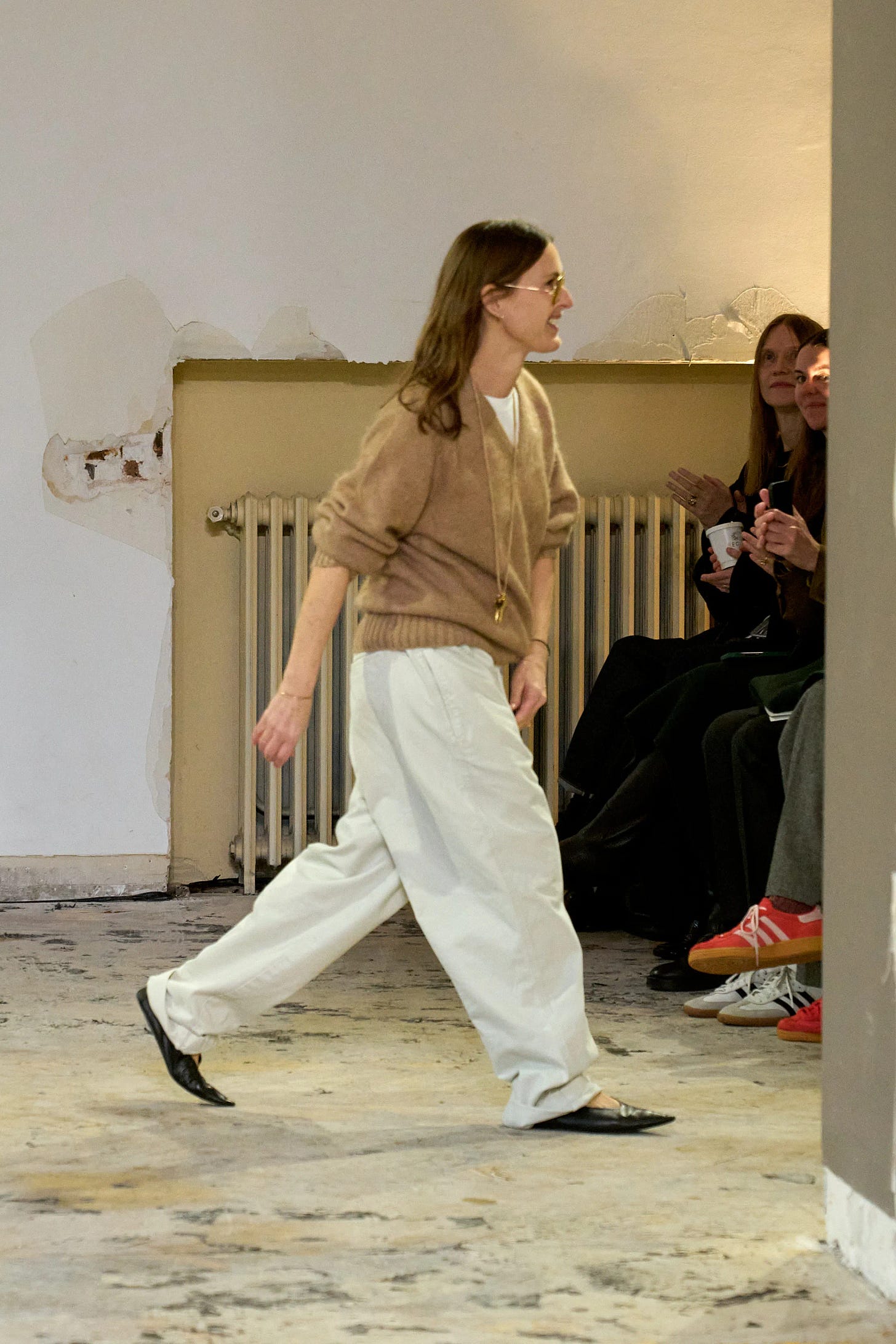
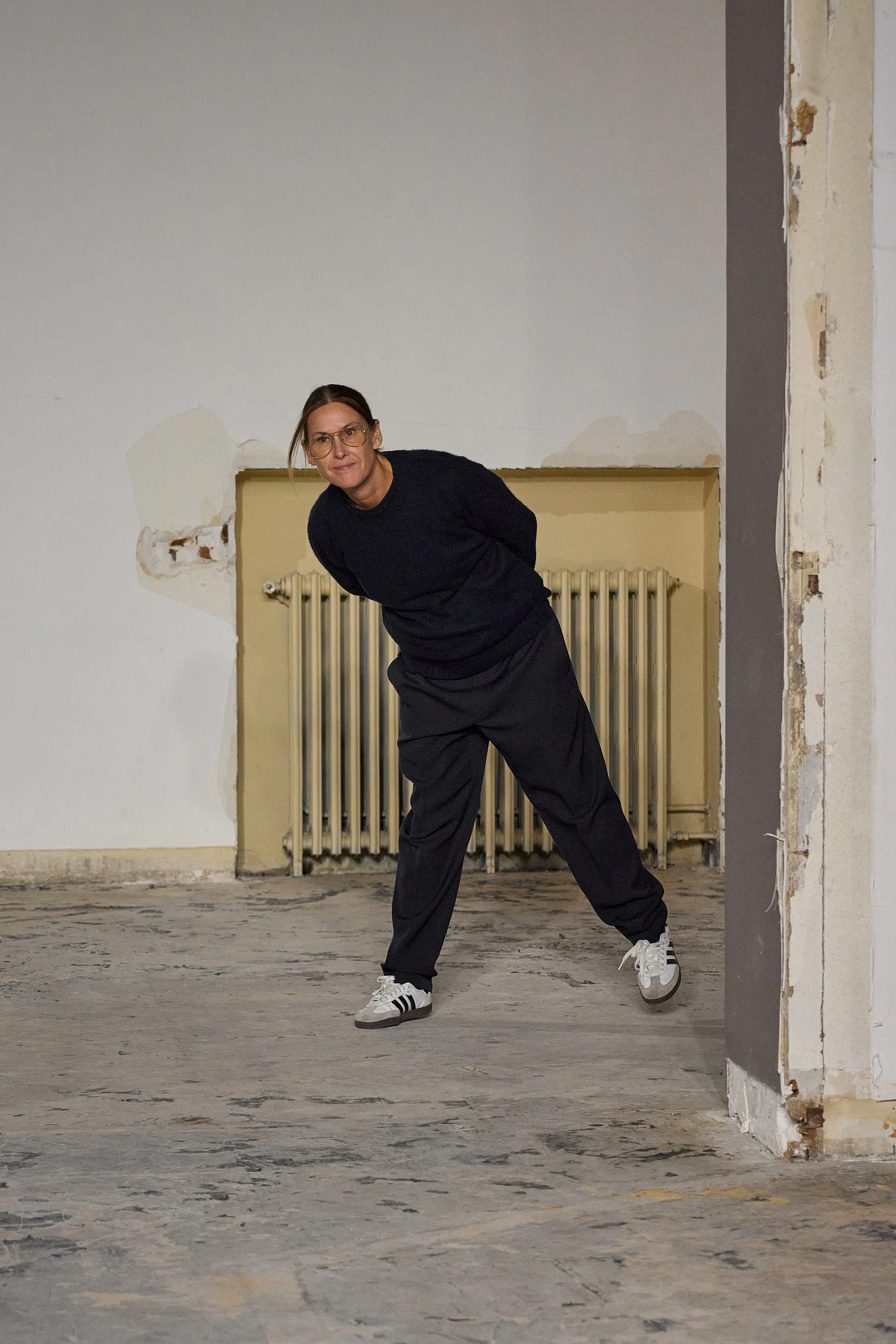
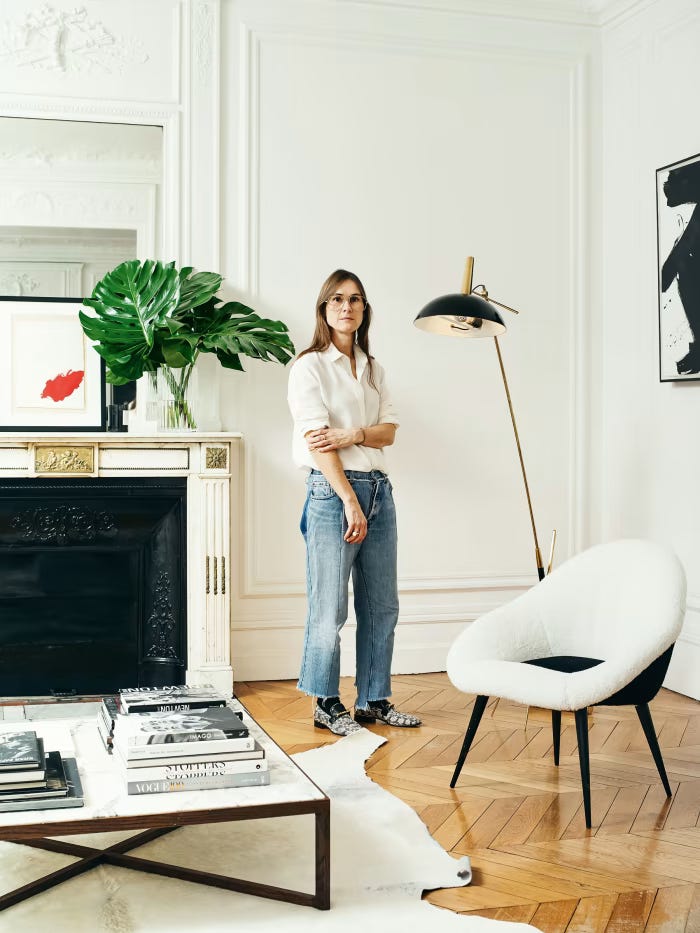

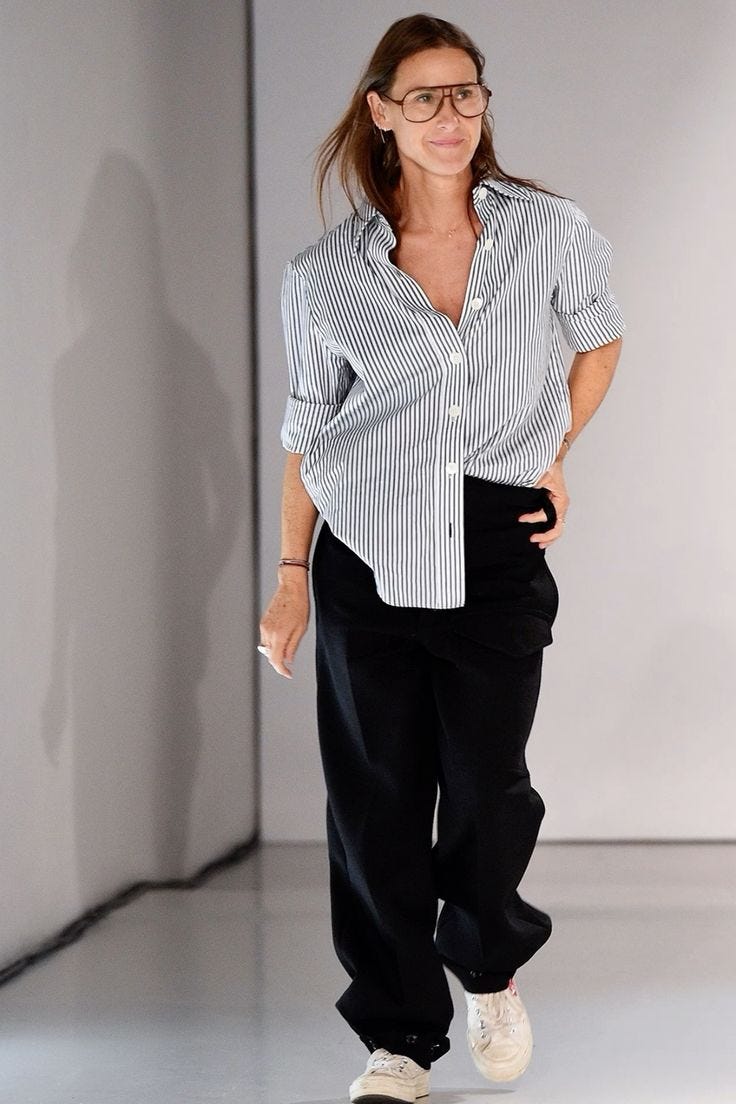

Matthieu Blazy
Recently appointed Artistic Director of Chanel -one of the most coverable roles in fashion- after departing Bottega Veneta (2020-2024), Matthieu Blazy is the man of the hour. His style so far had been marked by shirts with a few buttons undone, blue jeans and, in general, neutral colors. I can't wait to see if he's going to refine his personal look (maybe classier?) now that he's going to head up the number one Maison. I'm thinking we might have to say goodbye to his jeans and sneakers as part of his bow look, or maybe not. Let's see if he ends up adopting a more defined uniform after many seasons under the spotlight.
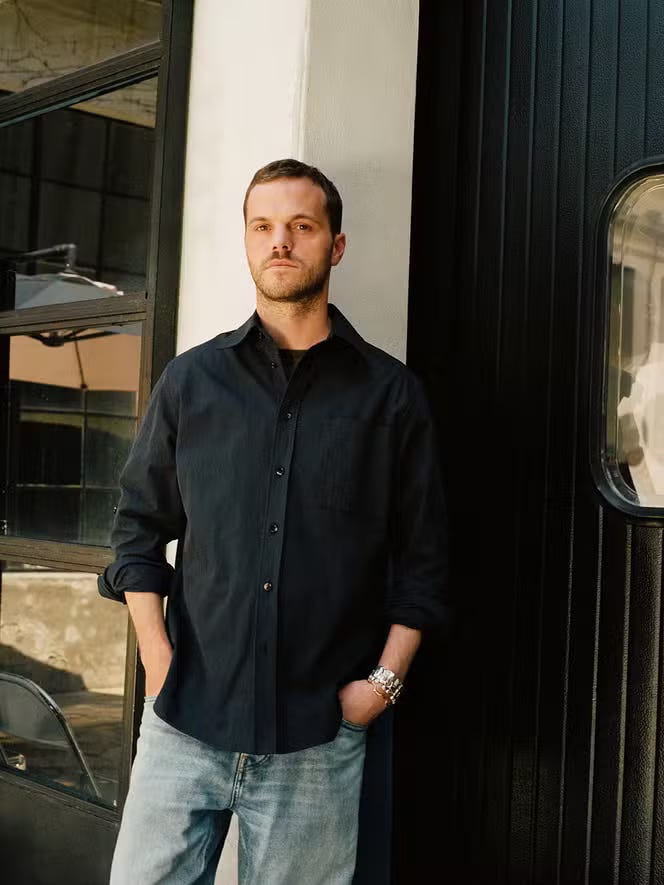
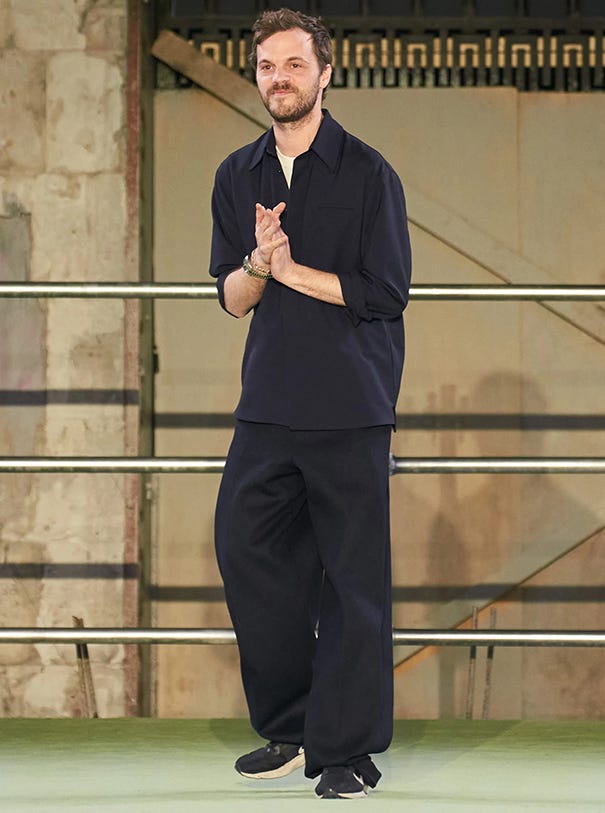
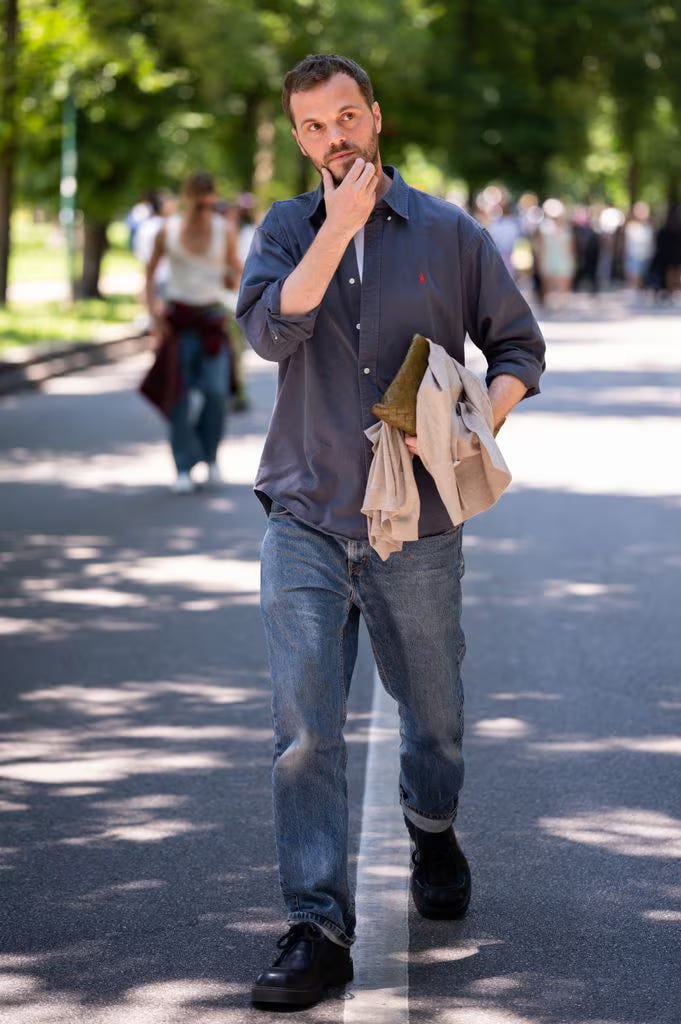
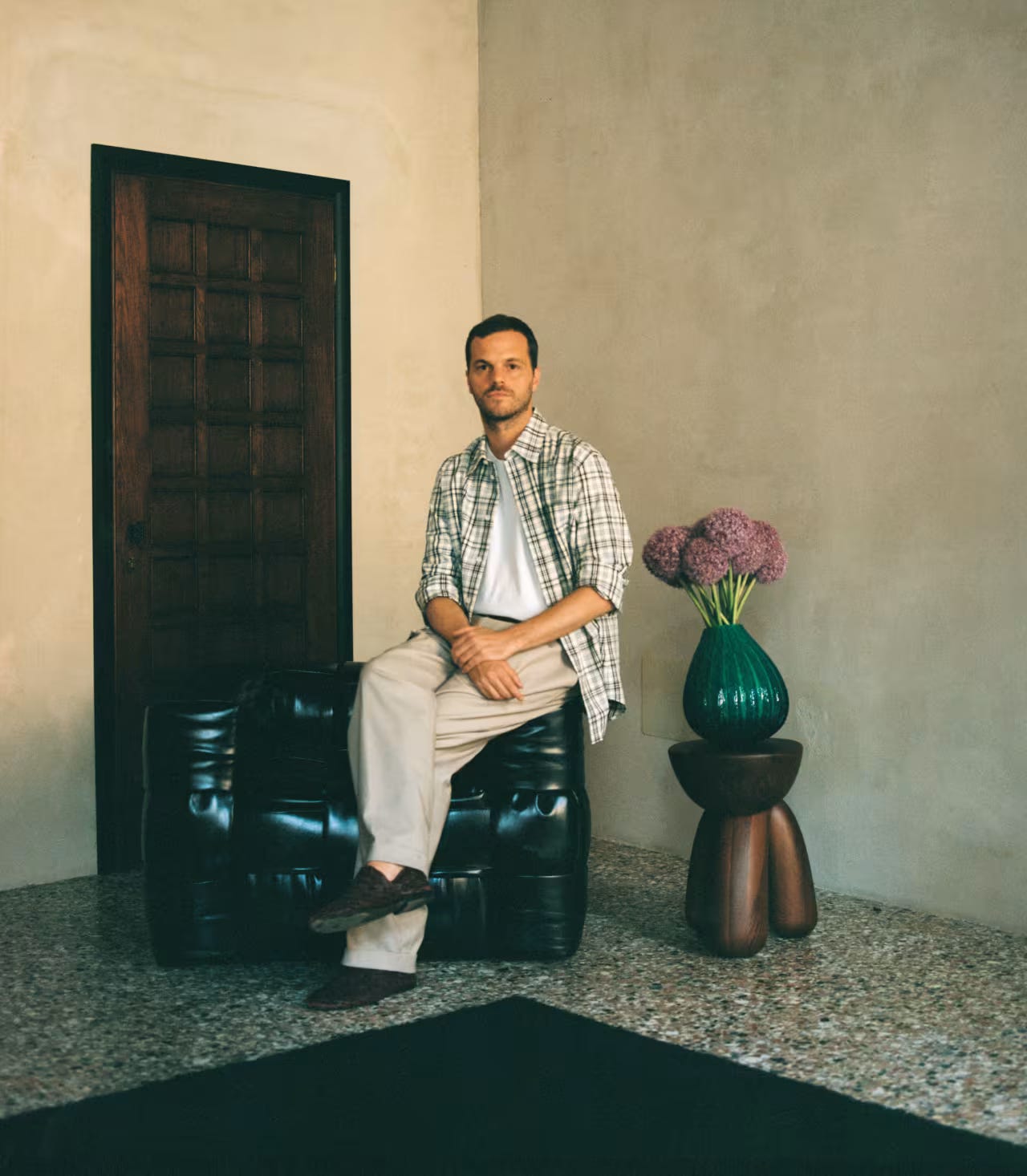
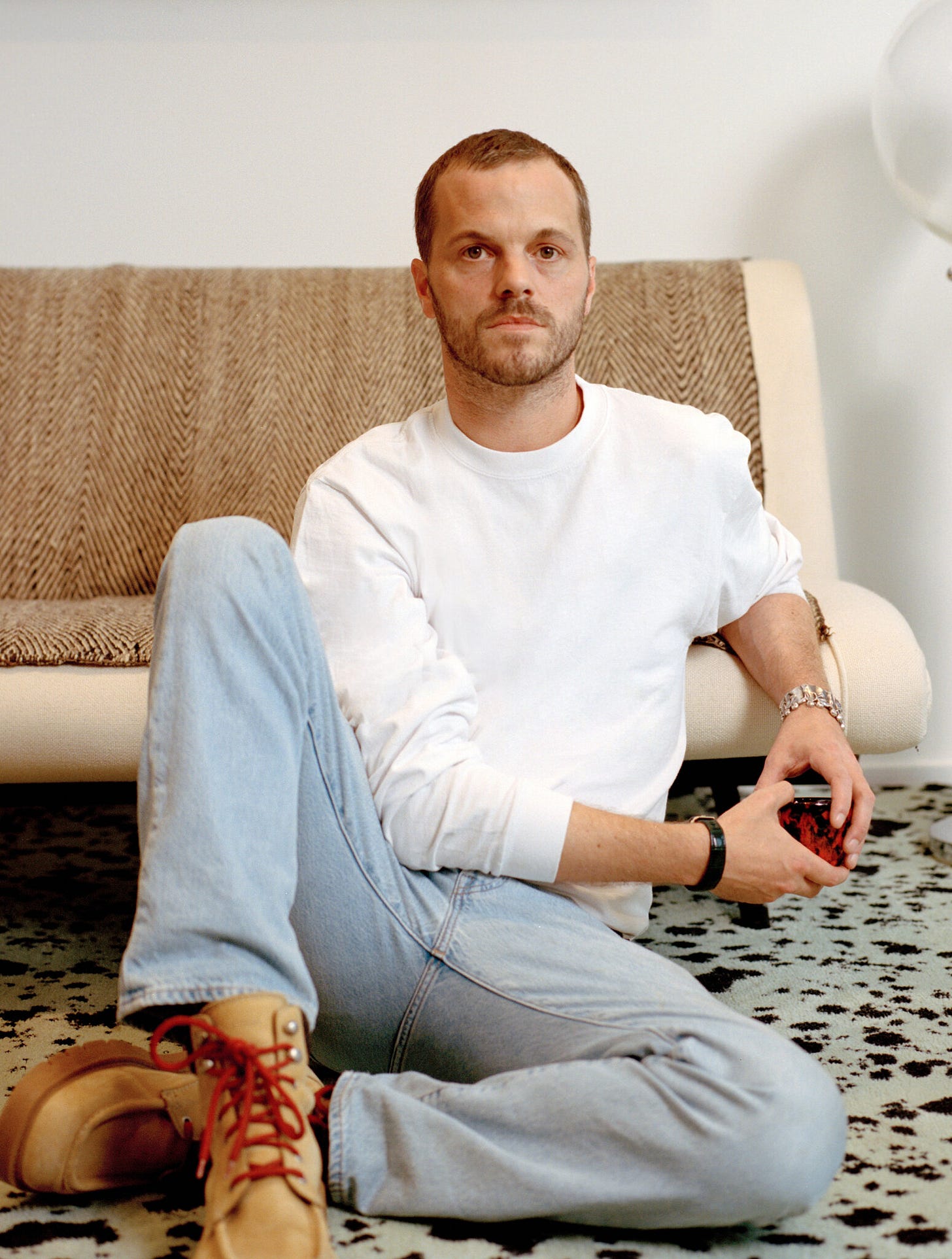
Ashley and Mary-Kate Olsen
Since founding The Row in 2006, the once It Takes Two child actresses have translated their acclaimed personal style (often named fashion icons) into widespread commercial success, making it one of the brands that I personally and most of the industry are obsessed with.
There is no doubt that black is the color of Ashley and Mary-Kate Olsen, and their silhouettes tend to be long and flowy - long dresses, long skirts, long coats. Oversized sunglasses, loose sweaters and flats. They are The Row woman and helped bring quiet luxury to the forefront. We just want more of it all!
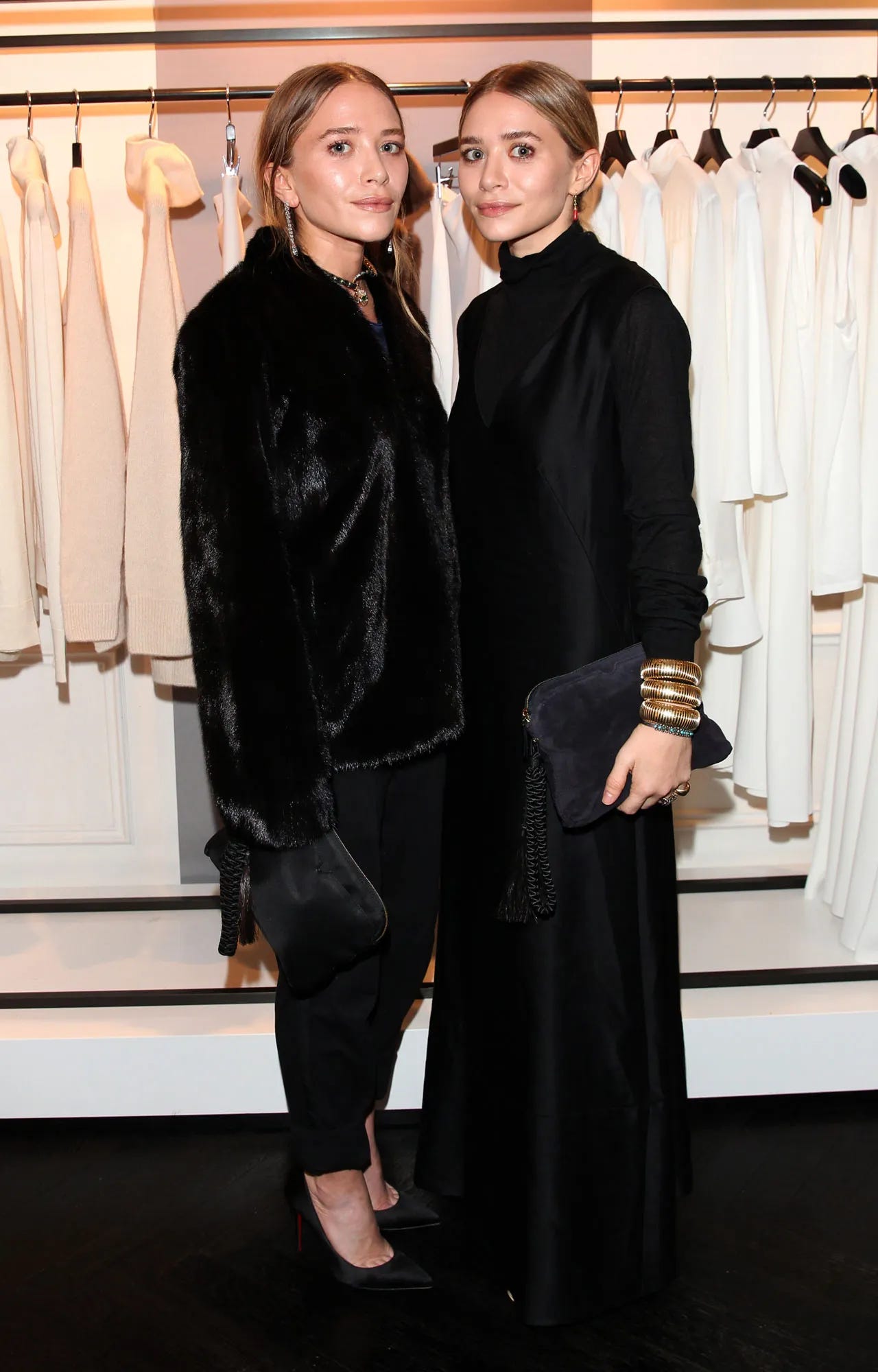
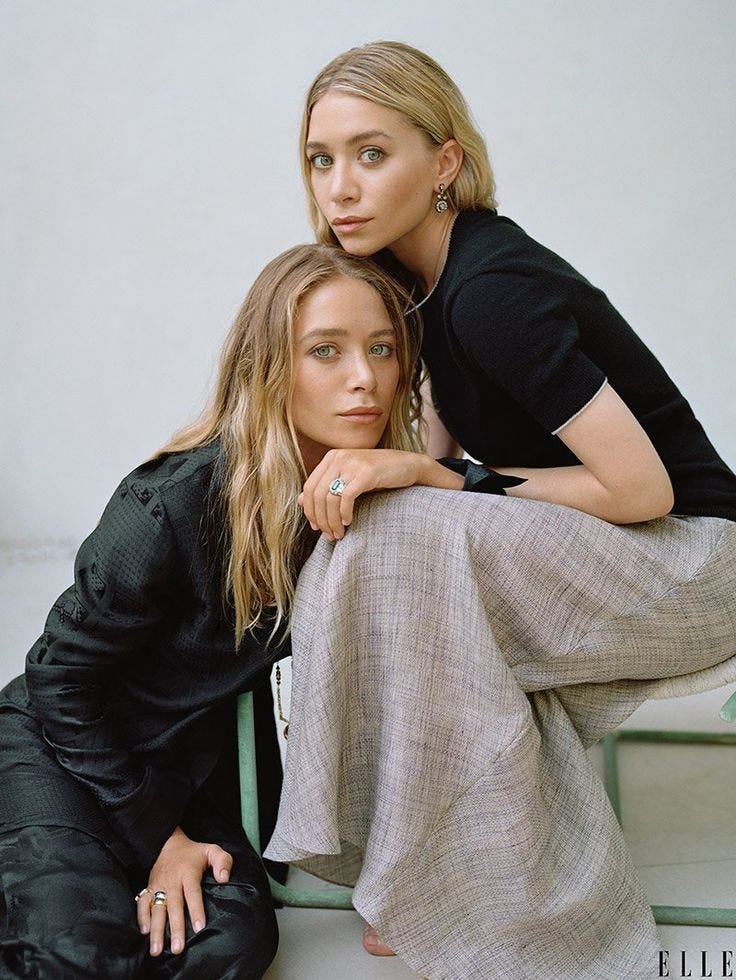
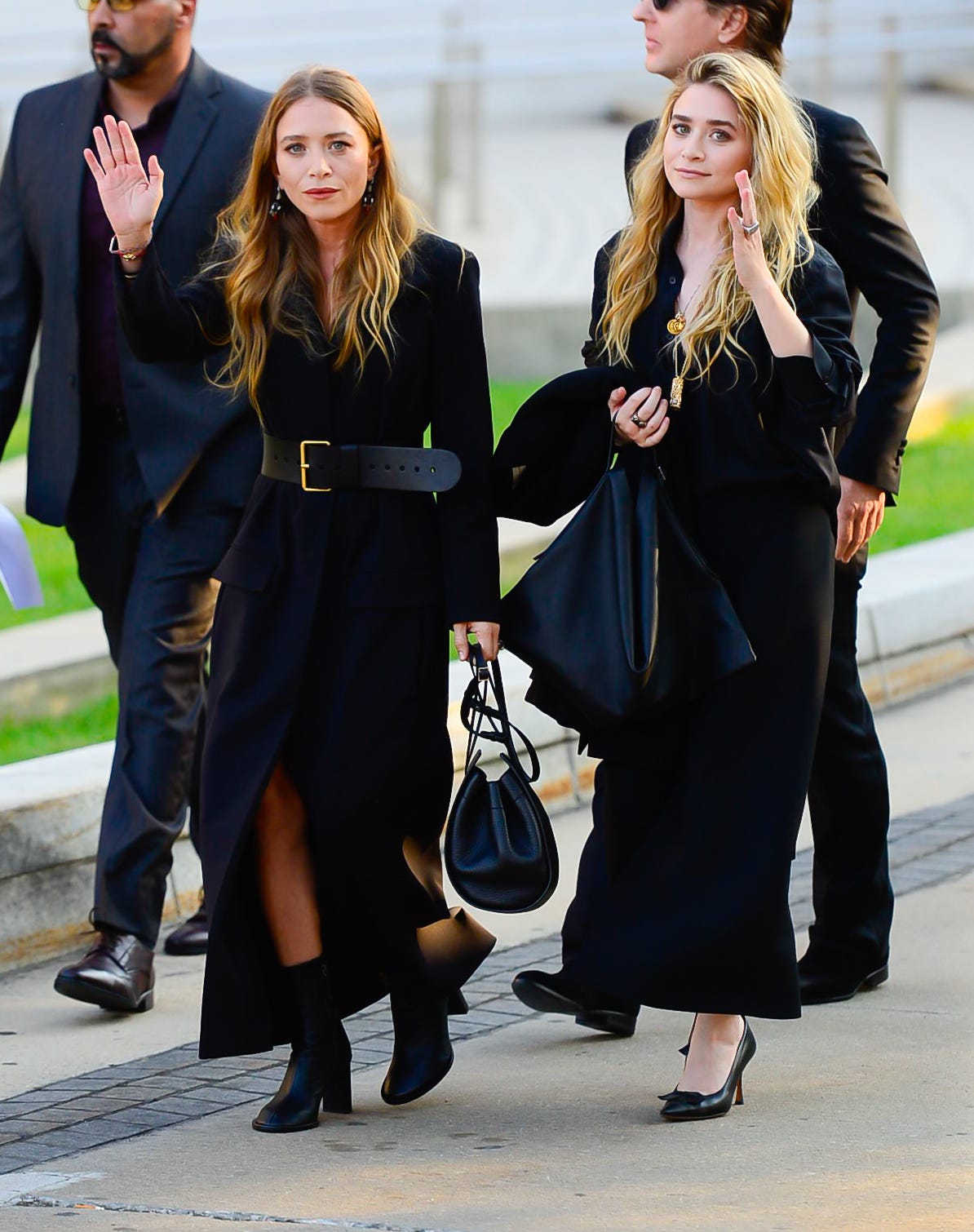
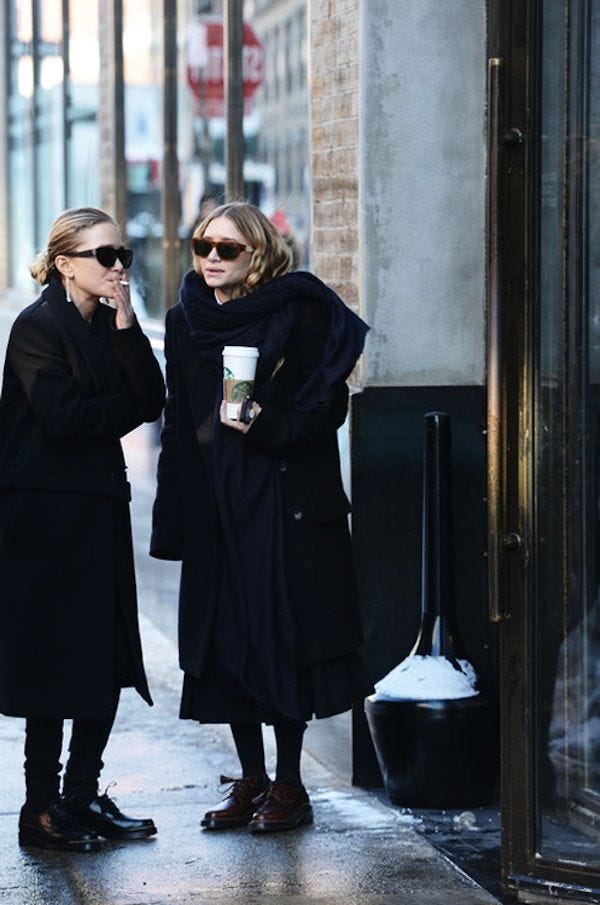
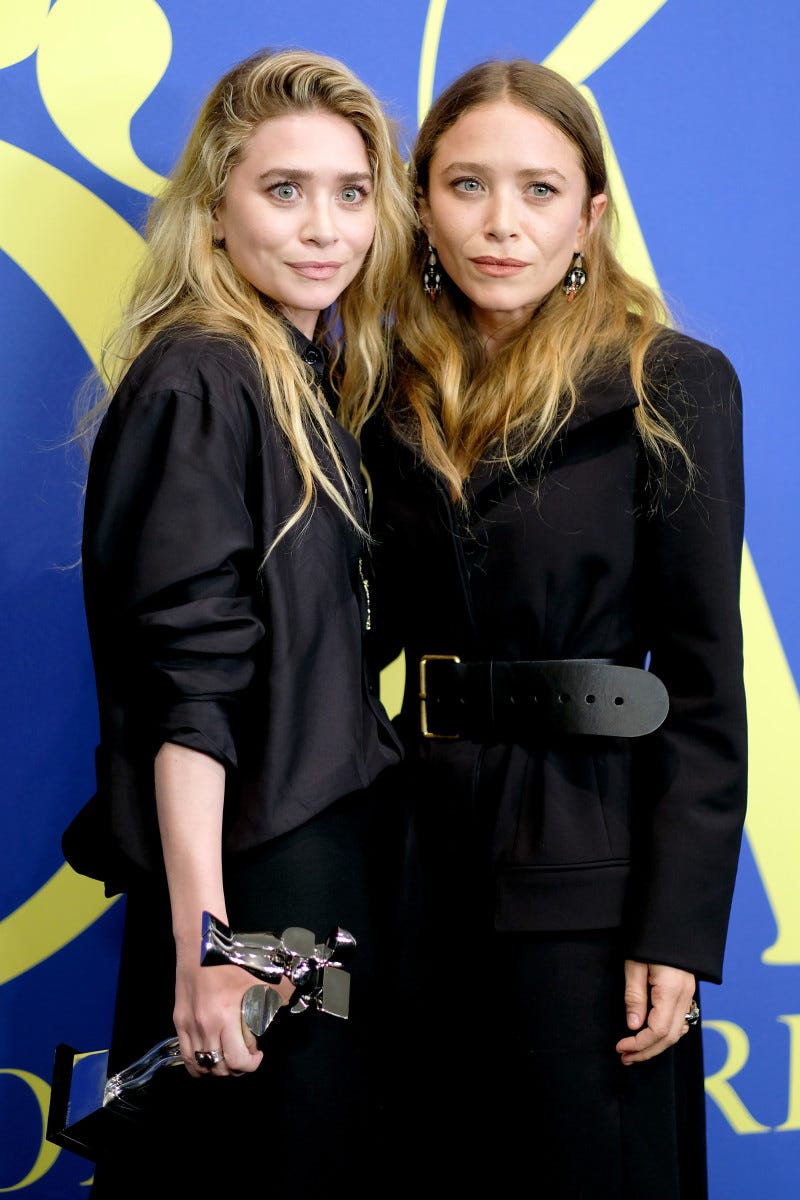

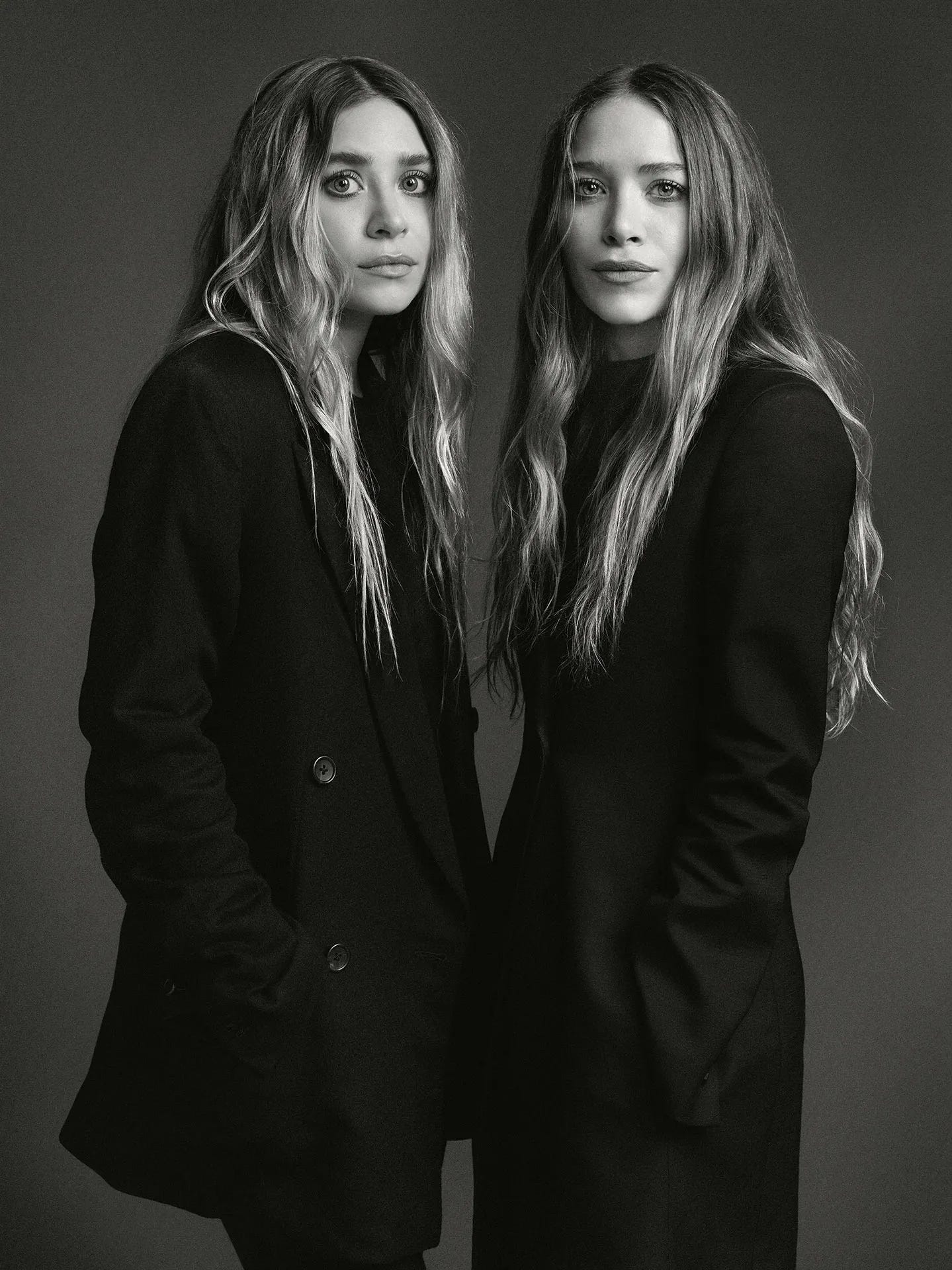
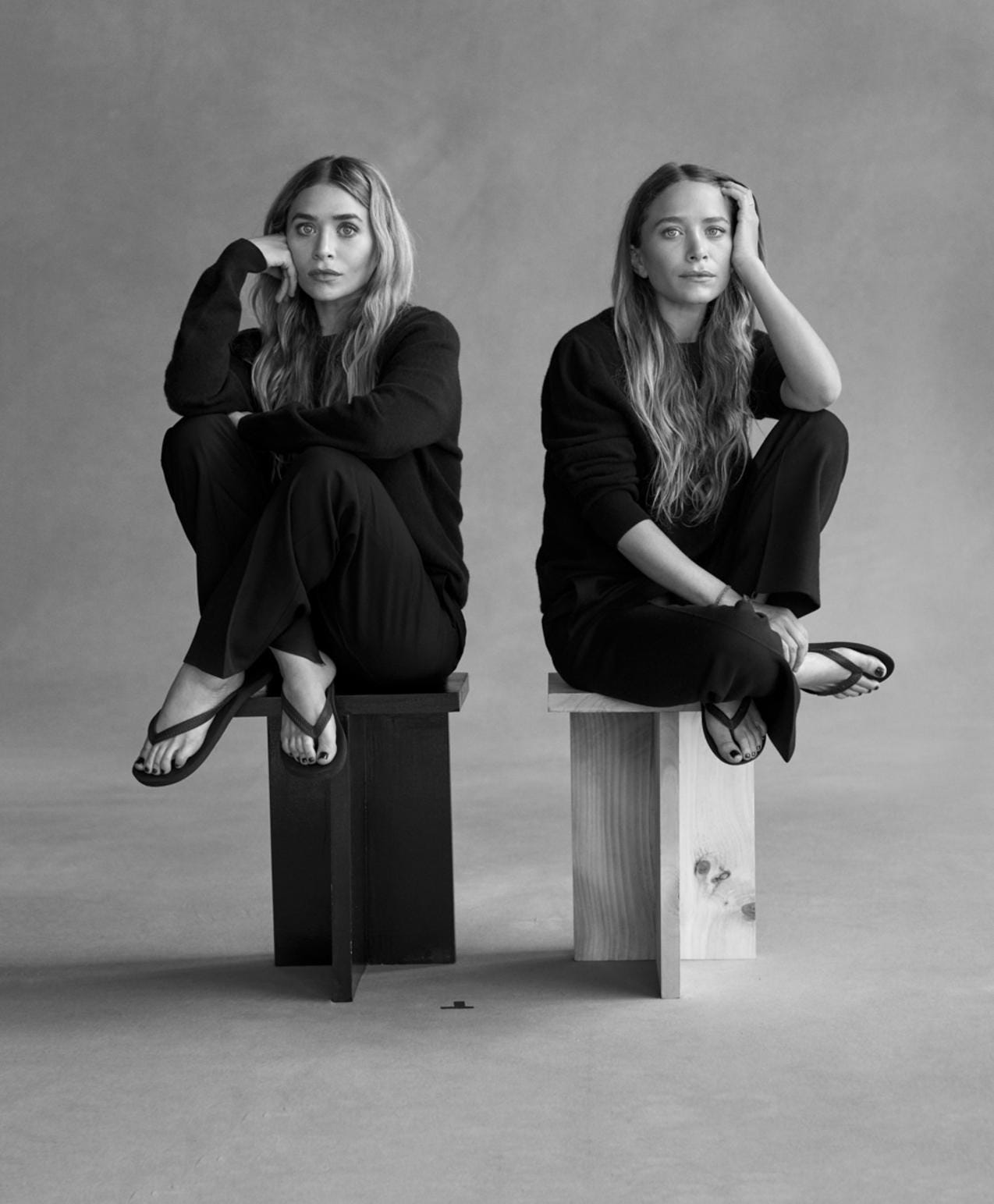


Jonathan Anderson
Steff Yotka wrote a great piece on Jonathan Anderson’s bow look. “Without fail, the designer sports the same look, season after season, show after show, to take his bow. And that outfit is quite far removed from the feather-print sheer tops and Technicolor knits he designs in his two (Loewe) men’s collections: a navy Uniqlo cashmere sweater (I would add on top of a basic T-Shirt), Levi’s jeans, and Nike or Converse sneakers “depending on the weather.””
Since then (the piece was written in 2015), he has proven to be committed to his bow look. I would also add, he tends to wear a sweater or polo shirt over a basic tee, and has definitely been elevating his looks with Chelsea boots. As for color, his comfort zone oscillates between shades of blue and brown. A personal favorite, I just hope his casual, effortless yet unique look doesn’t undergo a change when major changes occur…
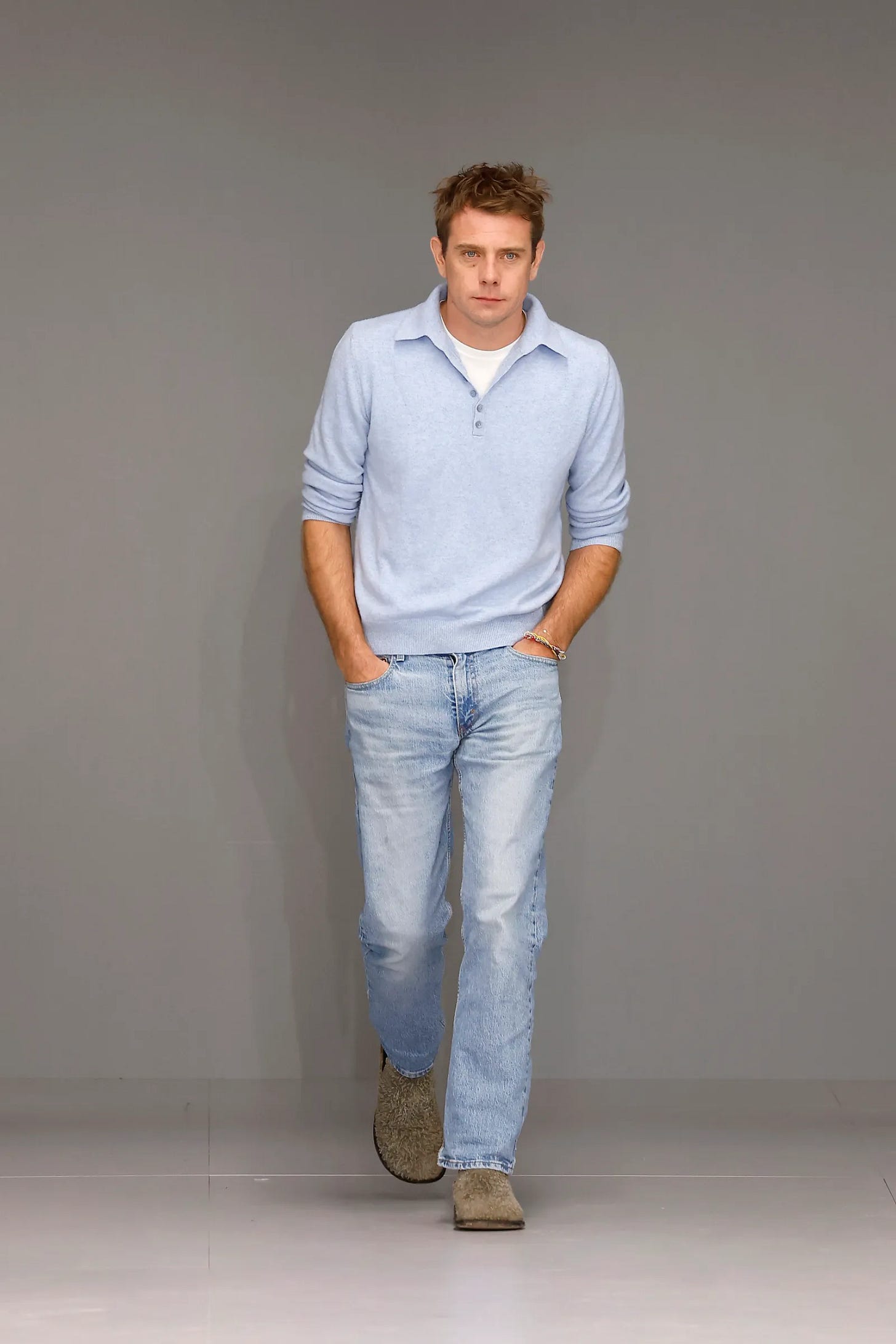
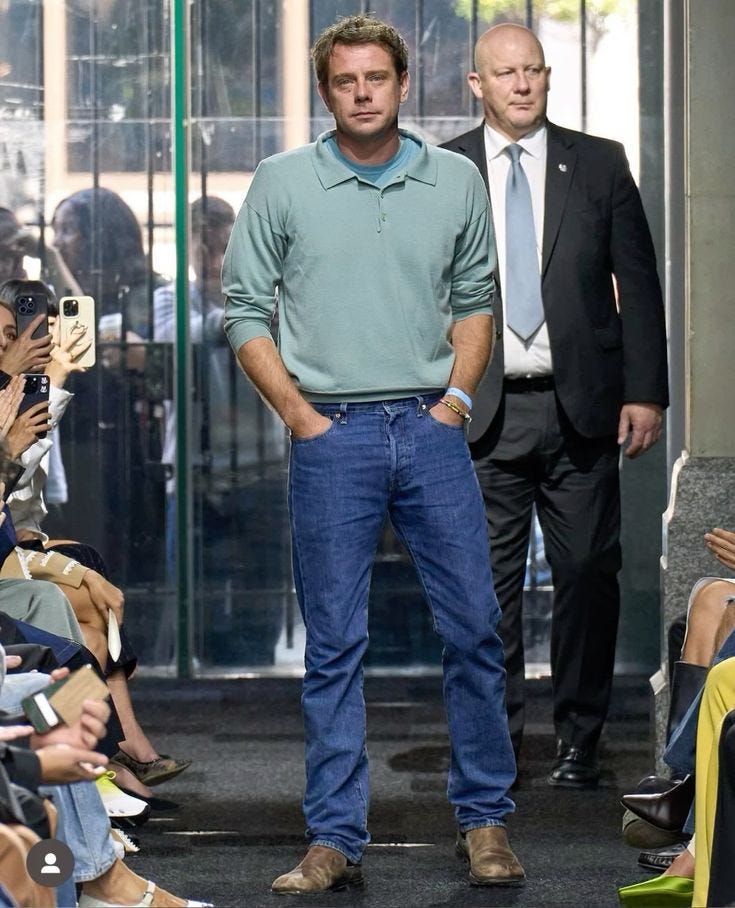



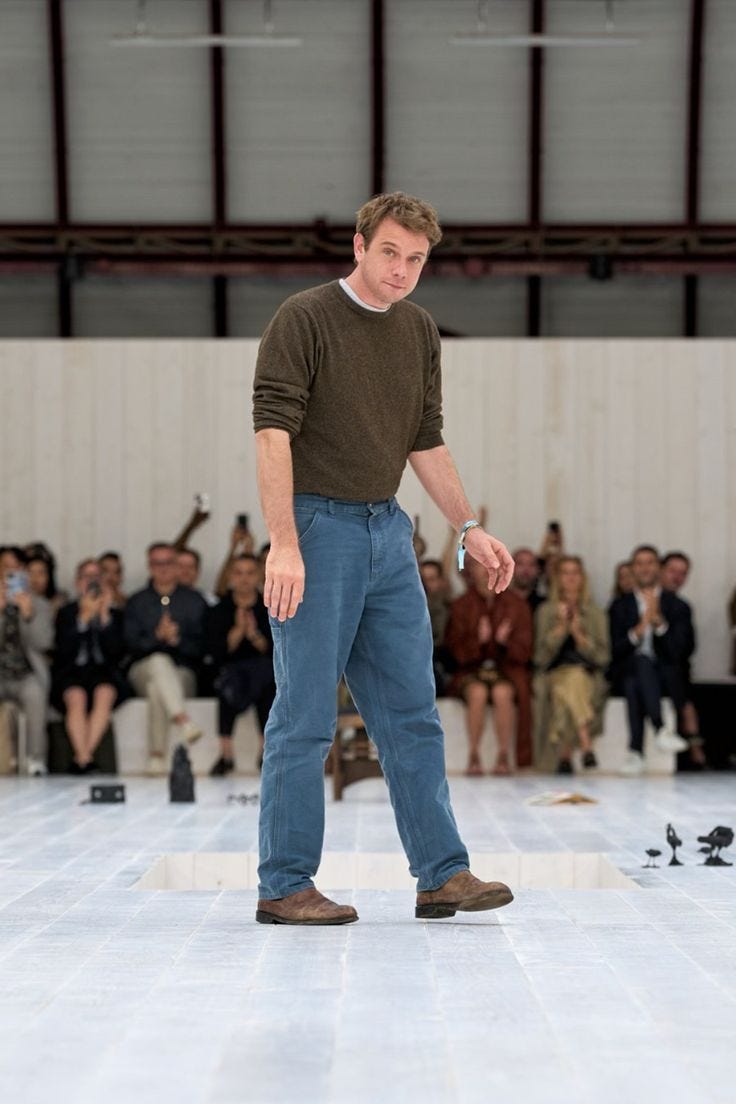
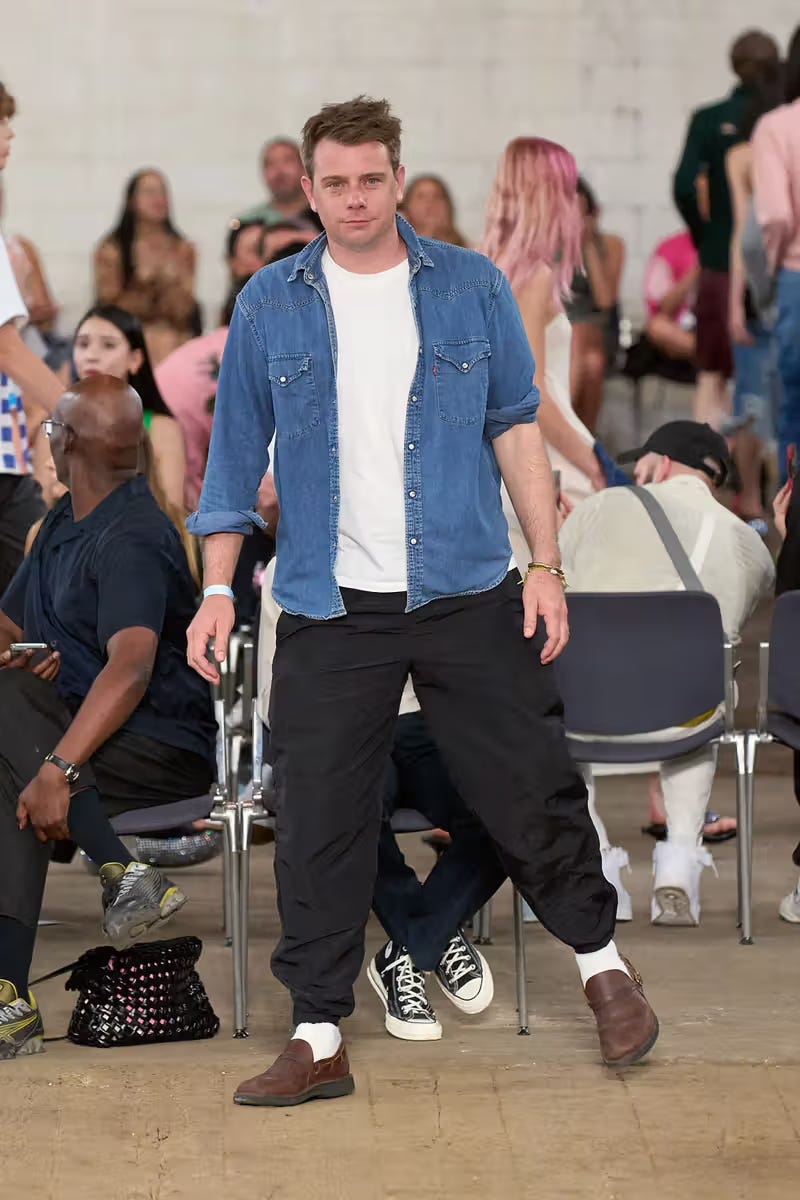
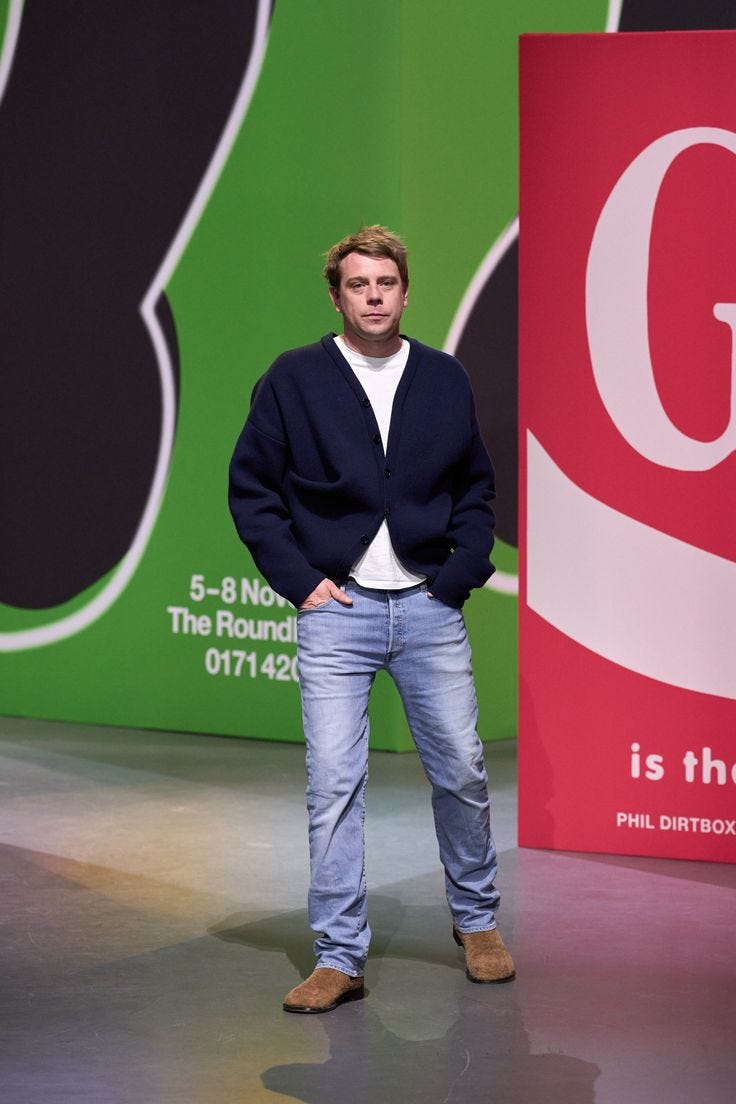
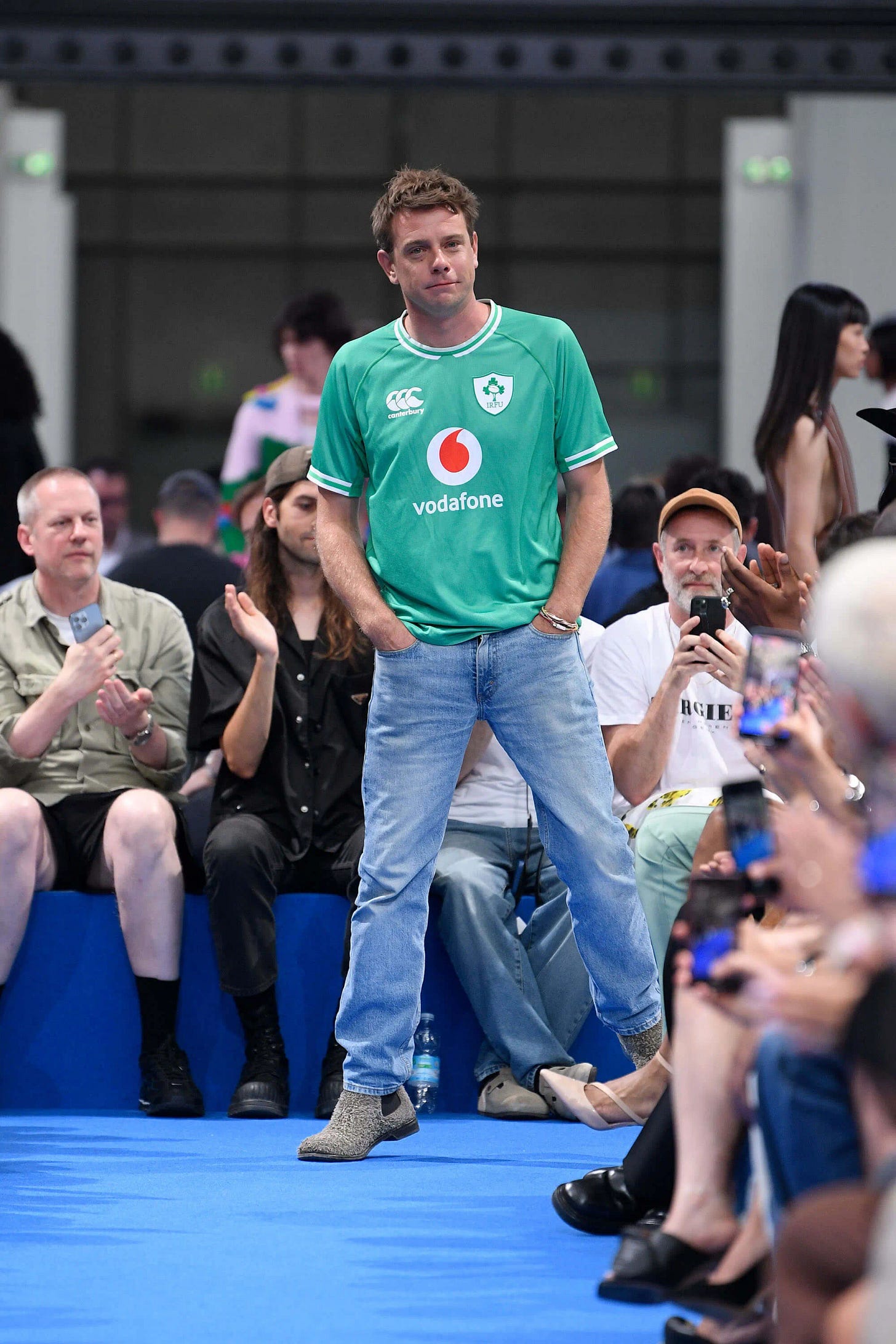
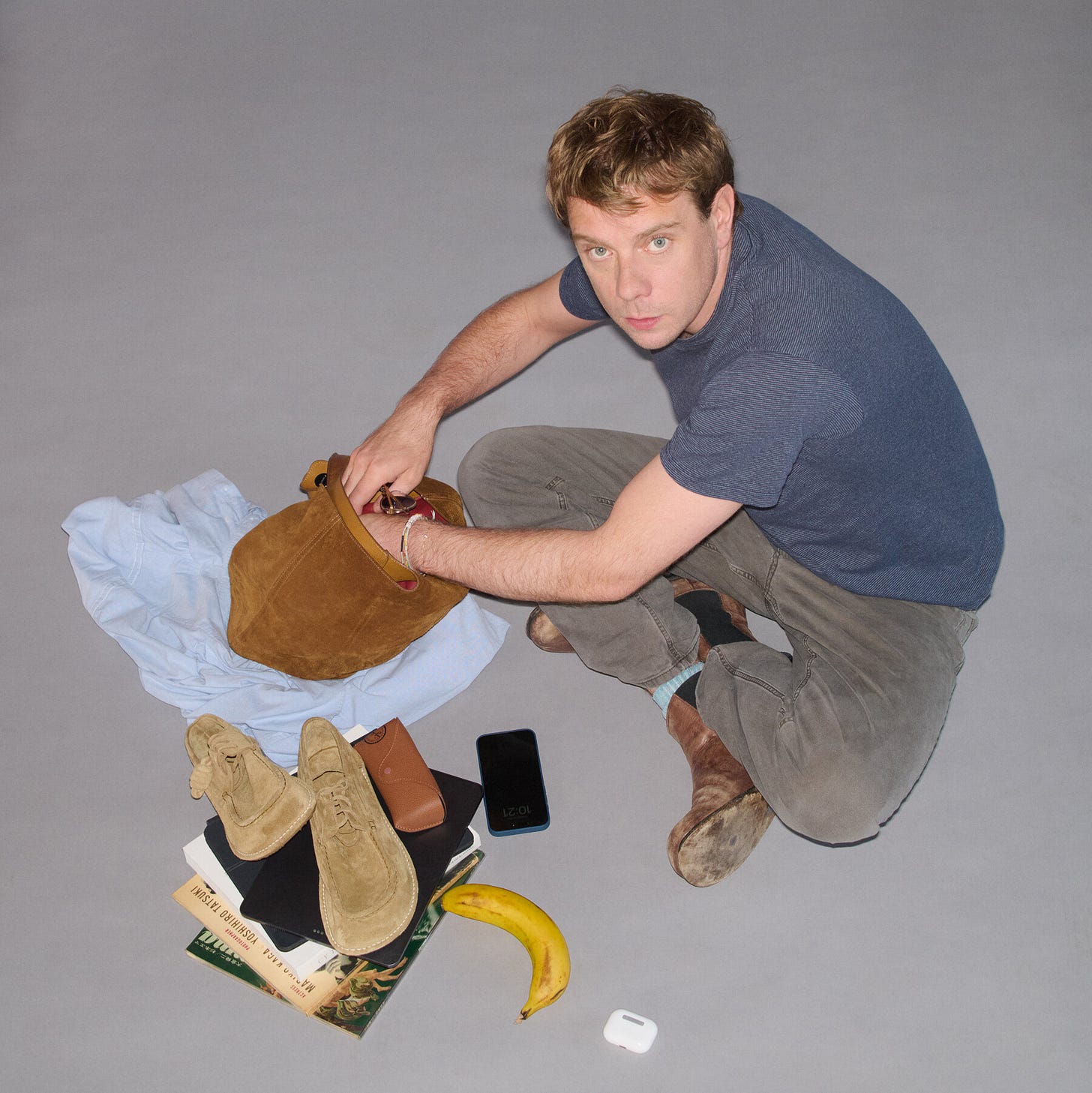
Christophe Lemaire & Sarah-Linh Tran
The creative duo behind fast-growing designer label Lemaire are my best-dressed fashion designers. Sarah-Linh Tran even has an IG profile venerating her looks. Embodying the minimalist brand aesthetic, their personal style revolves around “soft tailoring”, contemporary yet seasonless pieces, relaxed fits and shirts in neutral colors like black, brown, grey and some sand, navy and white. The Japanese influence is clear, which explains the success of Uniqlo’s “U” sub-brand, of which Lemaire is artistic director.
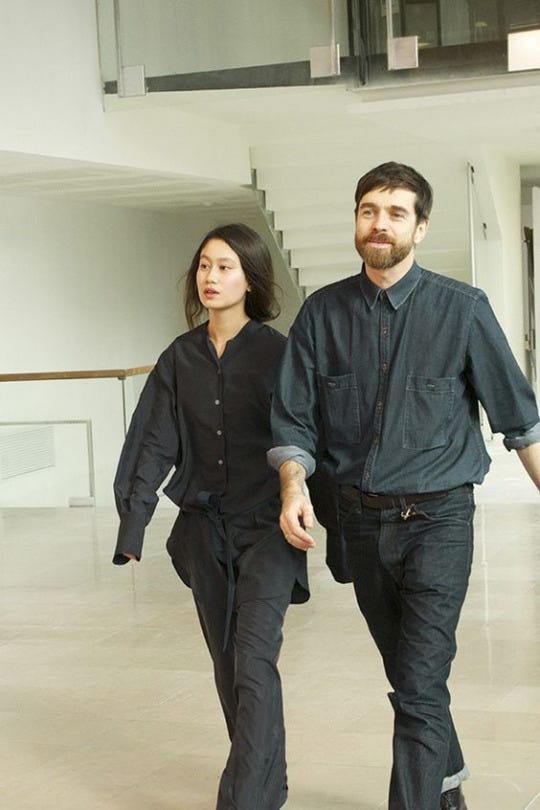

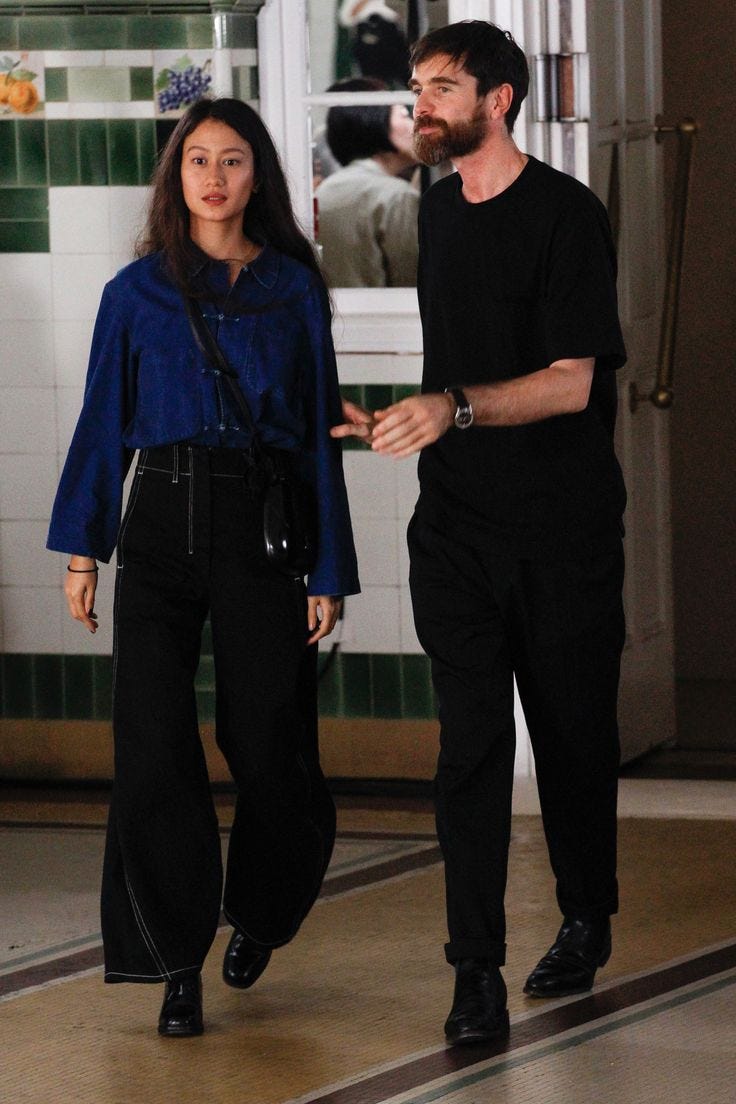
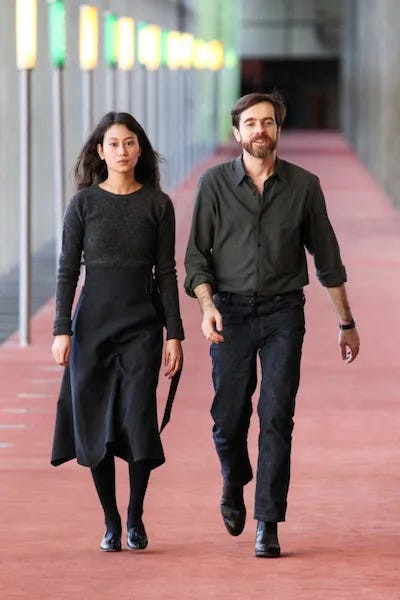
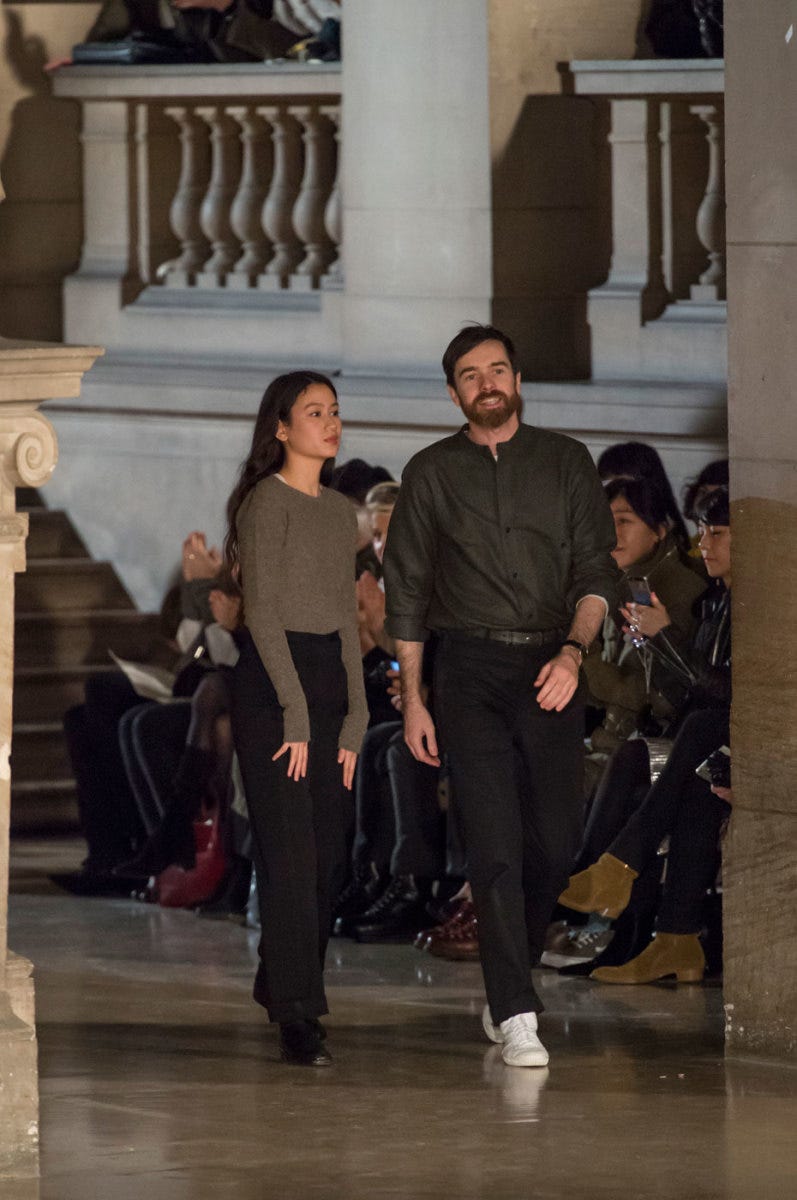
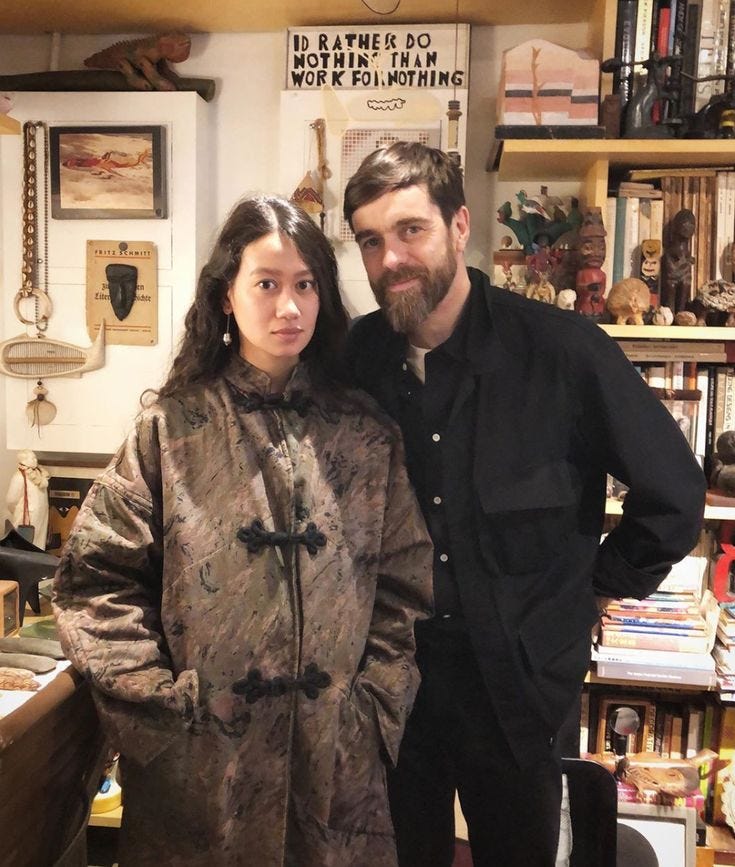
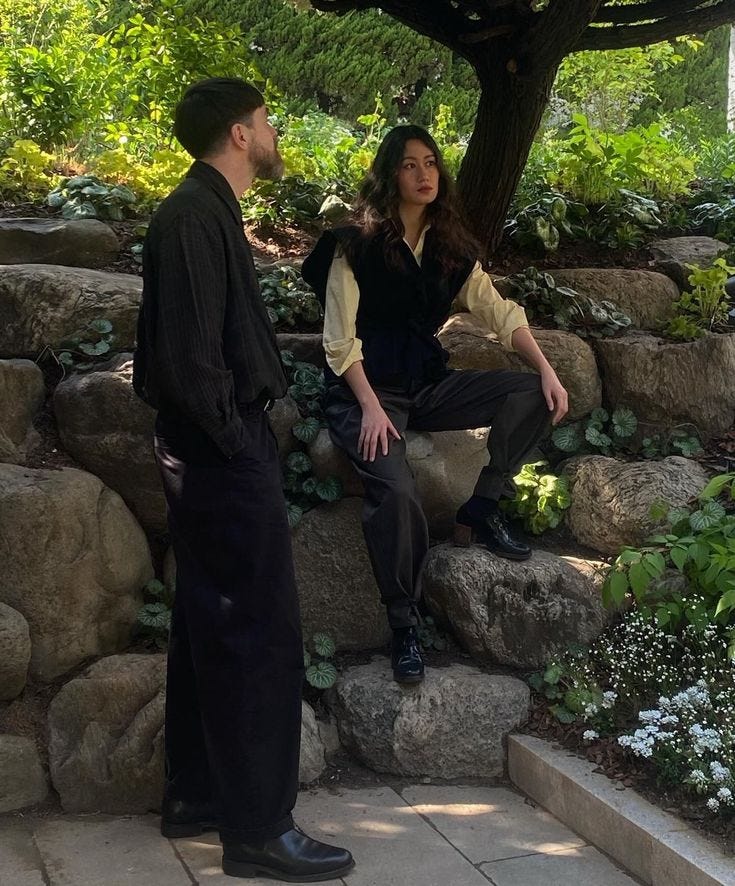
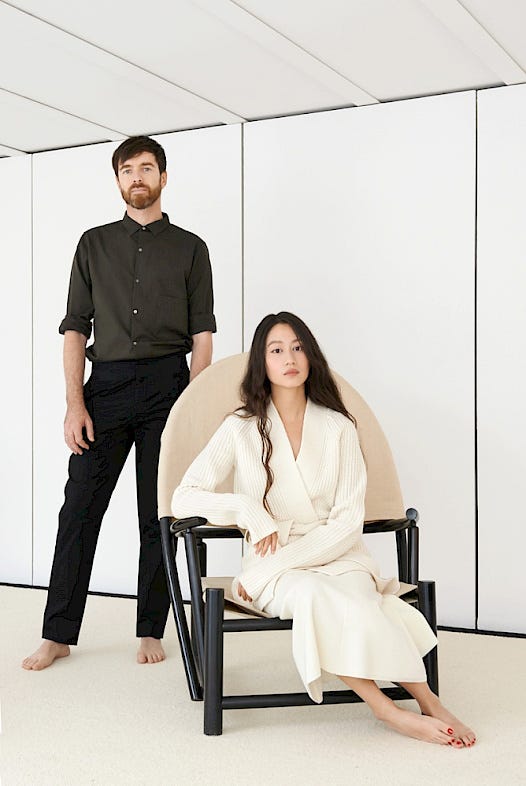
Chemena Kamali
As the woman responsible for bringing back the boho chic style through Chloé, Chemena Kamali has fully embraced it herself. She plays with long trench coats, white blouses, blue denim, white sneakers and sometimes touches of orange. I am sure she will continue to serve looks and hopefully take more risks.

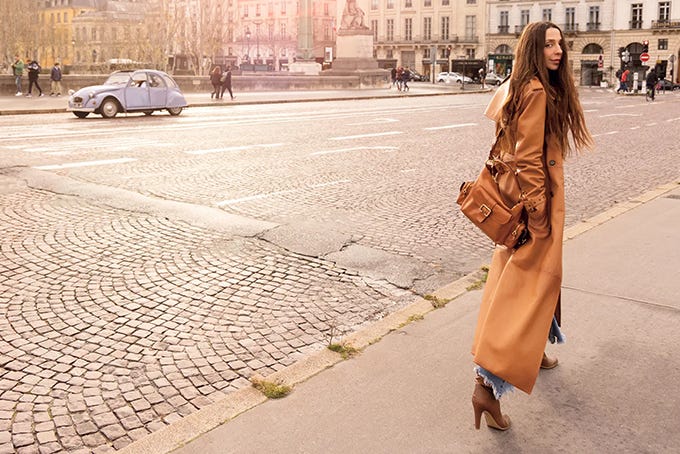

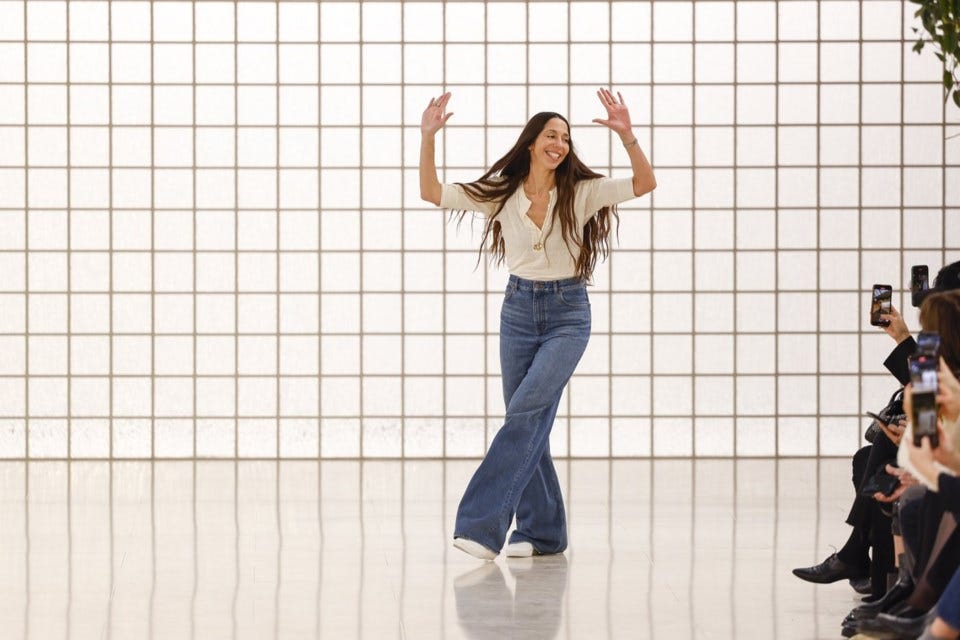
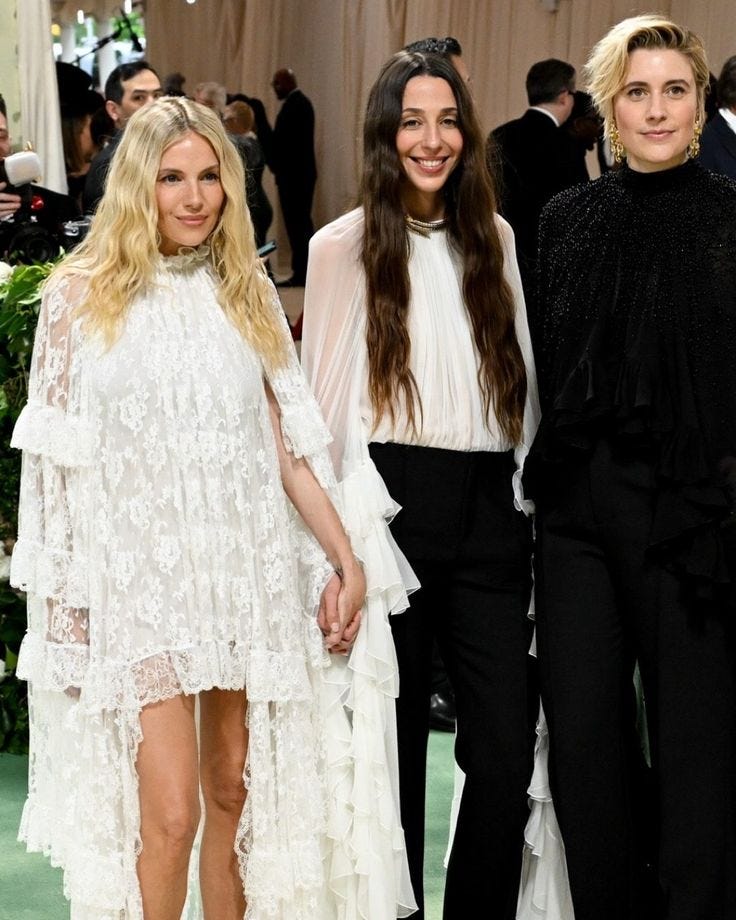
Nadège Vanhee-Cybulski
After having been design director at The Row, and following the departure of Christophe Lemaire from Hermès, Nadège Vanhee-Cybulski was appointed Creative Director of women’s ready-to-wear at the French Maison in 2014. She is now celebrating a decade. Although Nadège is quite discreet with her appearances, she seems consistent in her look, wearing Hermès signature leather pieces, with black and pops of color such as orange, red or burgundy. Very on-brand, I must say.
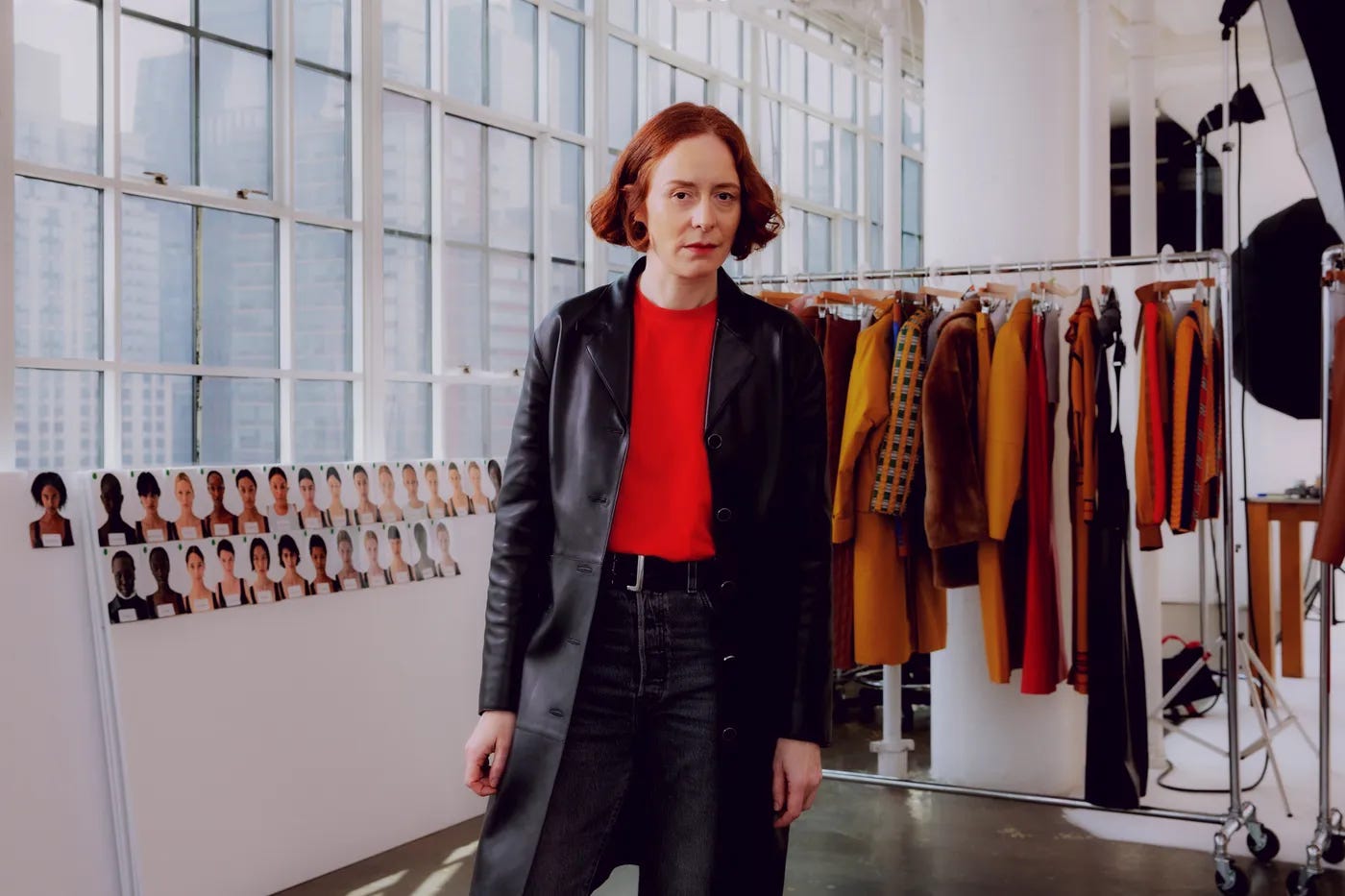
Simon Porte Jacquemus
Finally, the industry's hottest independent designer. Simon Porte Jacquemus’ look embraces the Mediterranean ease and French effortless chic through quality basics and a predominance of white, cream and warm tones. He dresses like a “good boy”, casual and approachable. And you can tell he loves his yellow Bambino belt with a total white look! Will this become his ultimate signature?
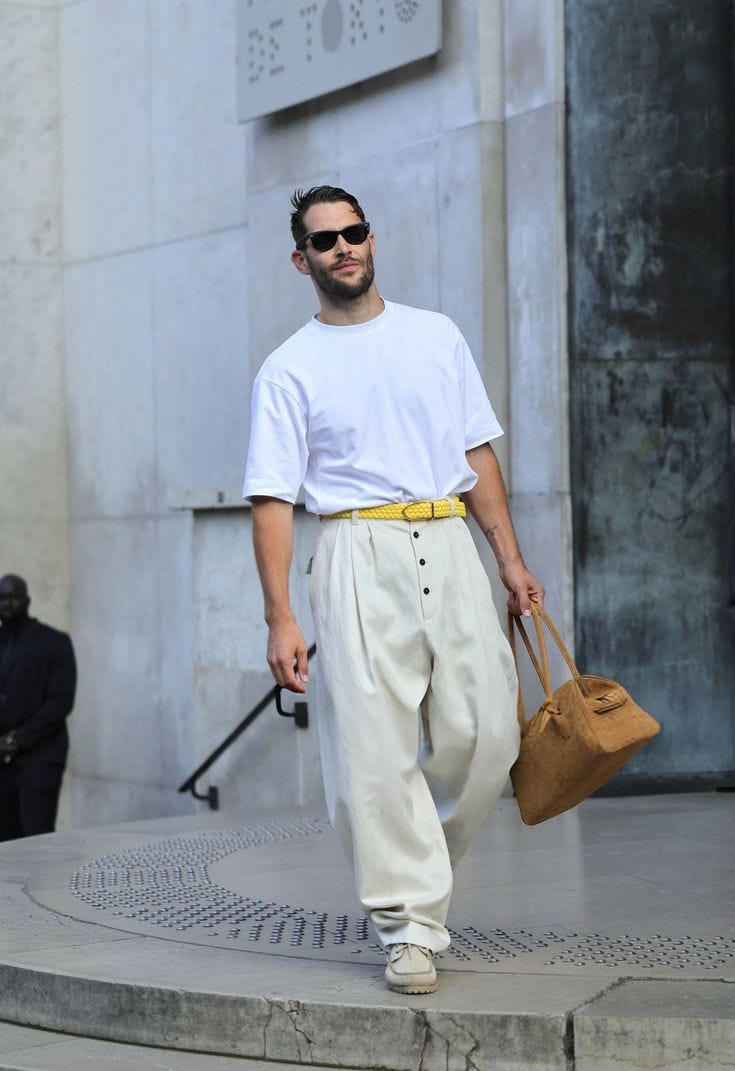
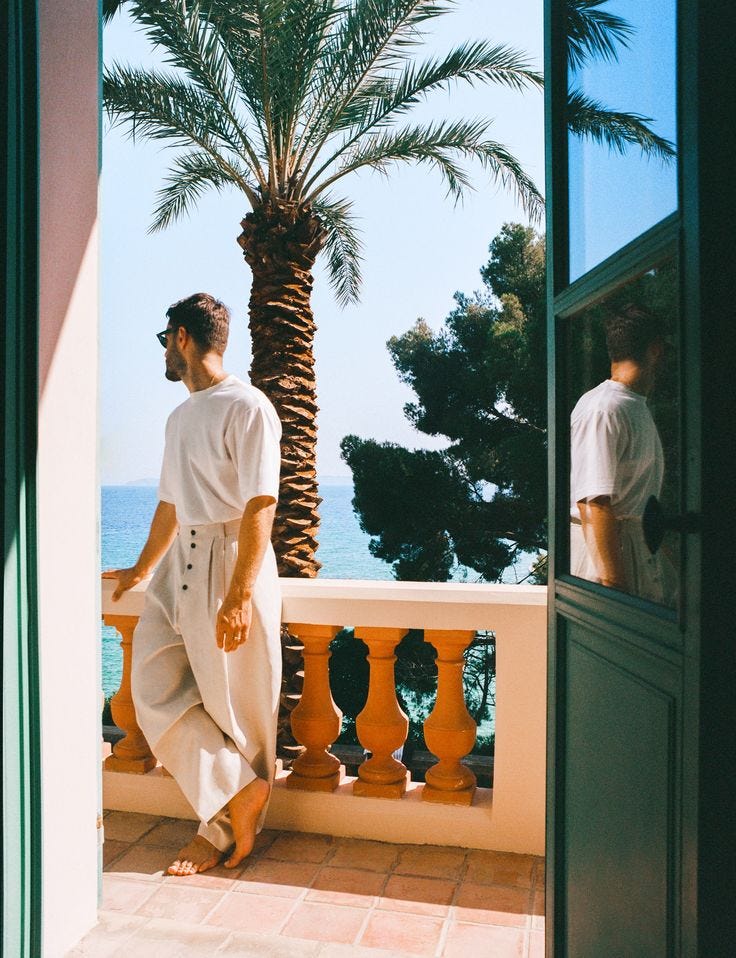
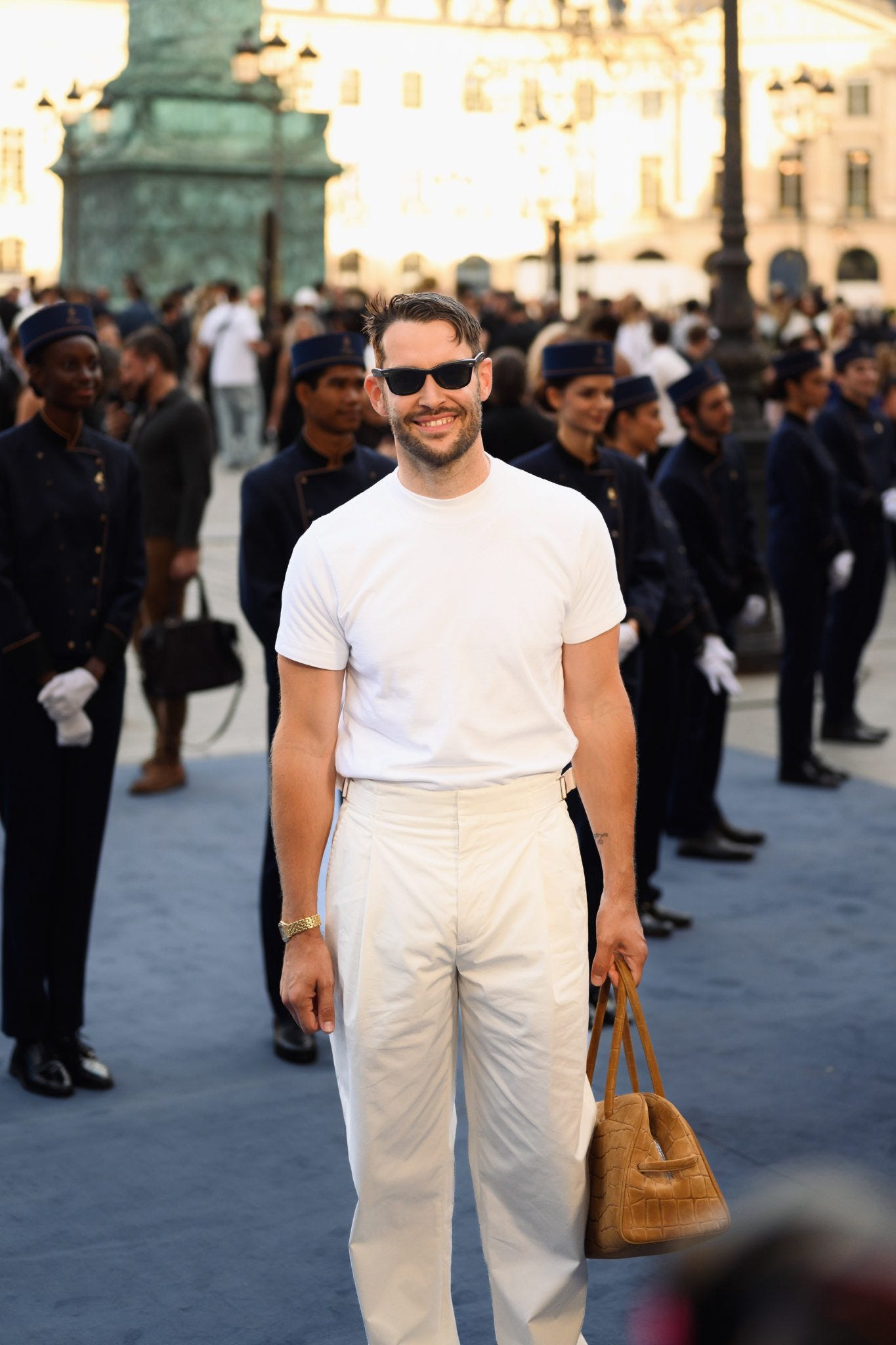
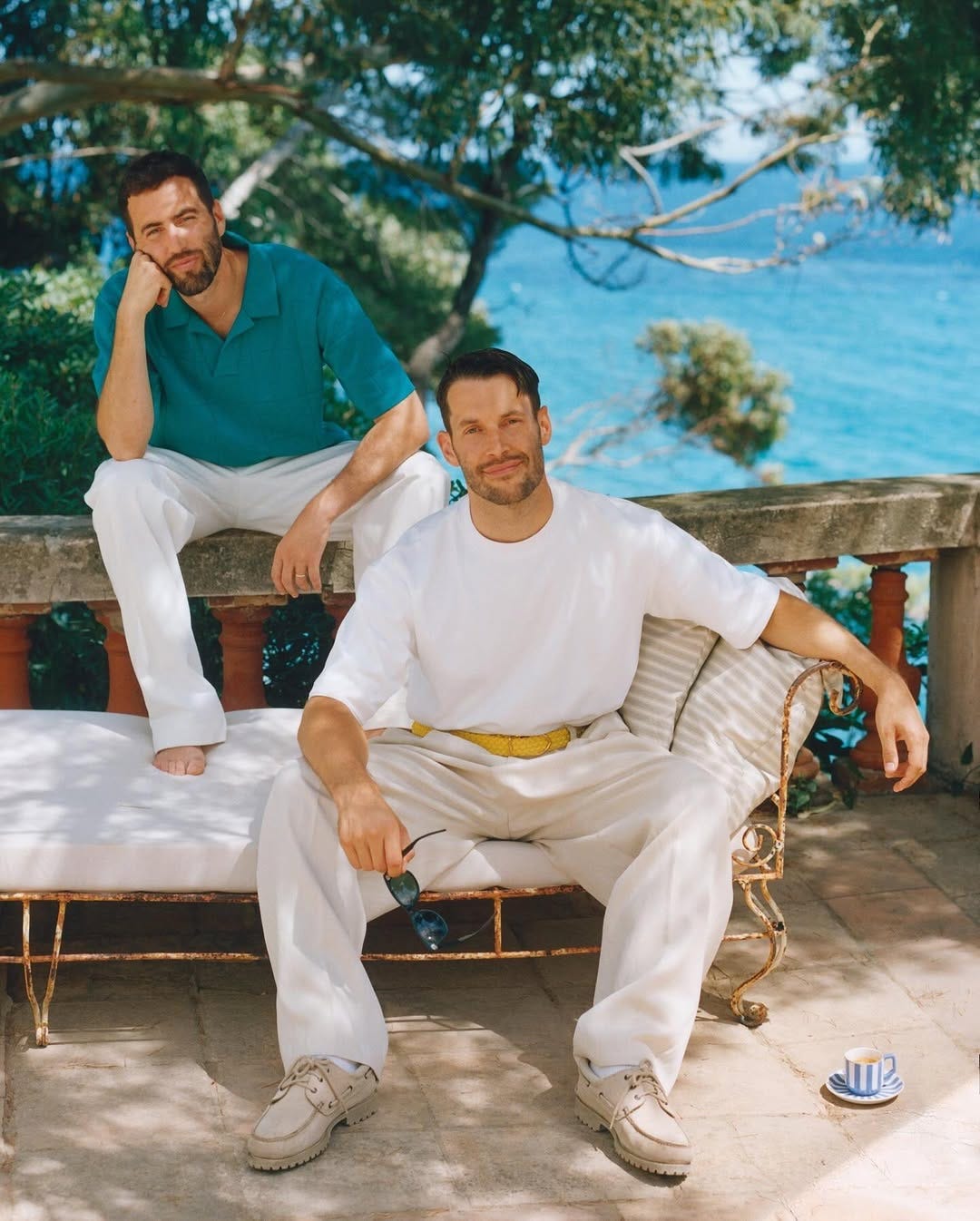
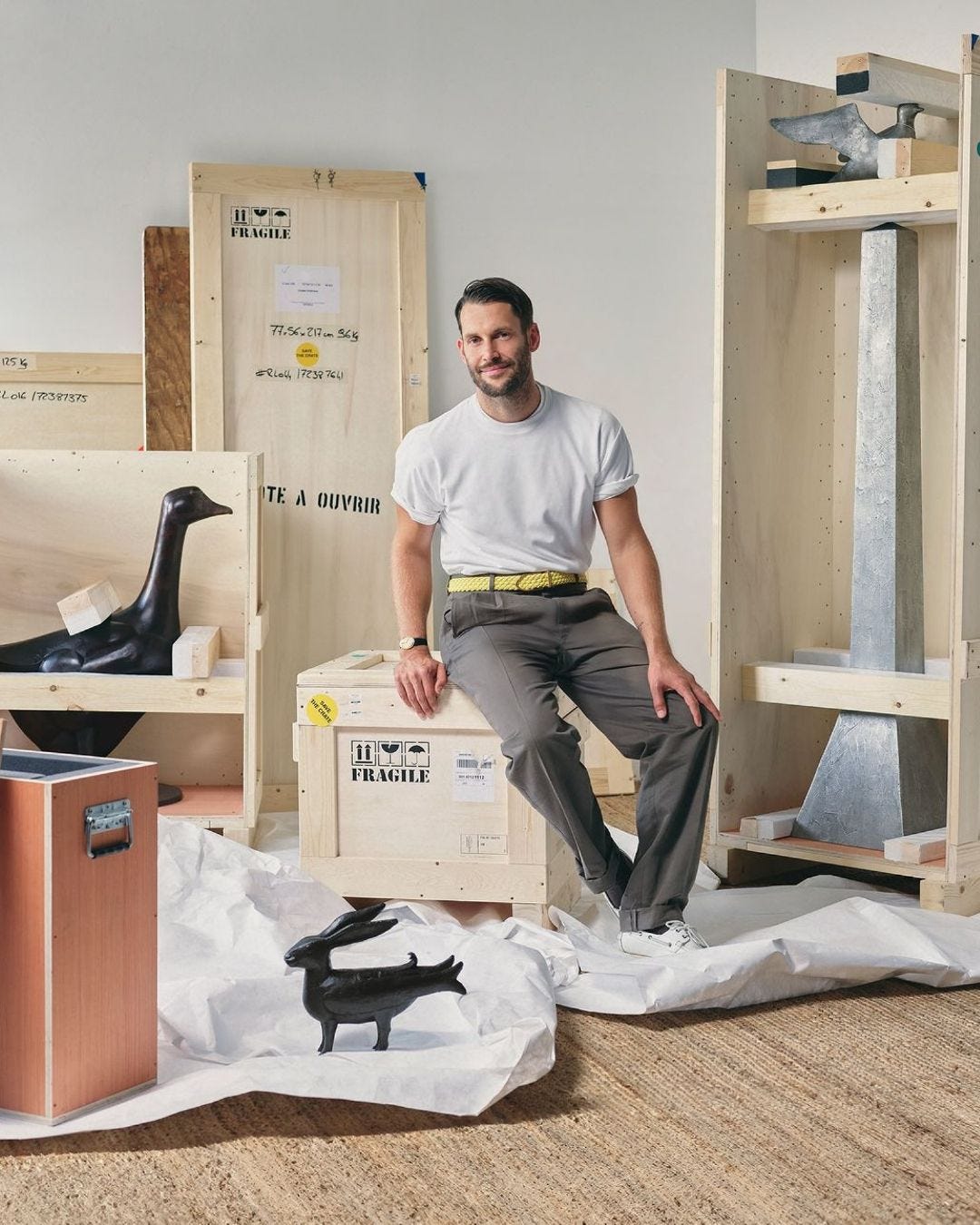
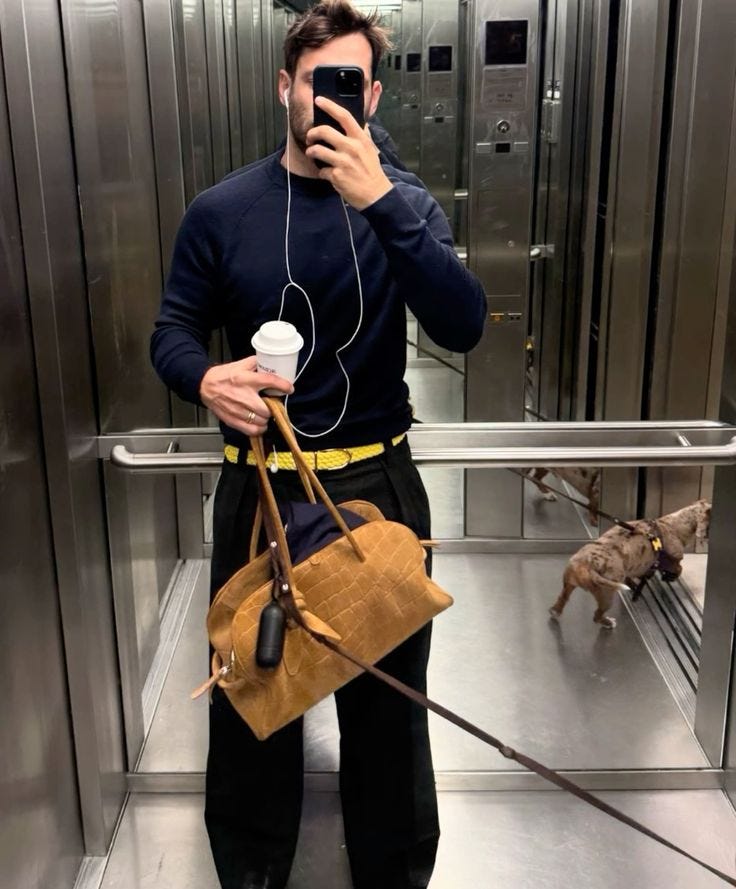
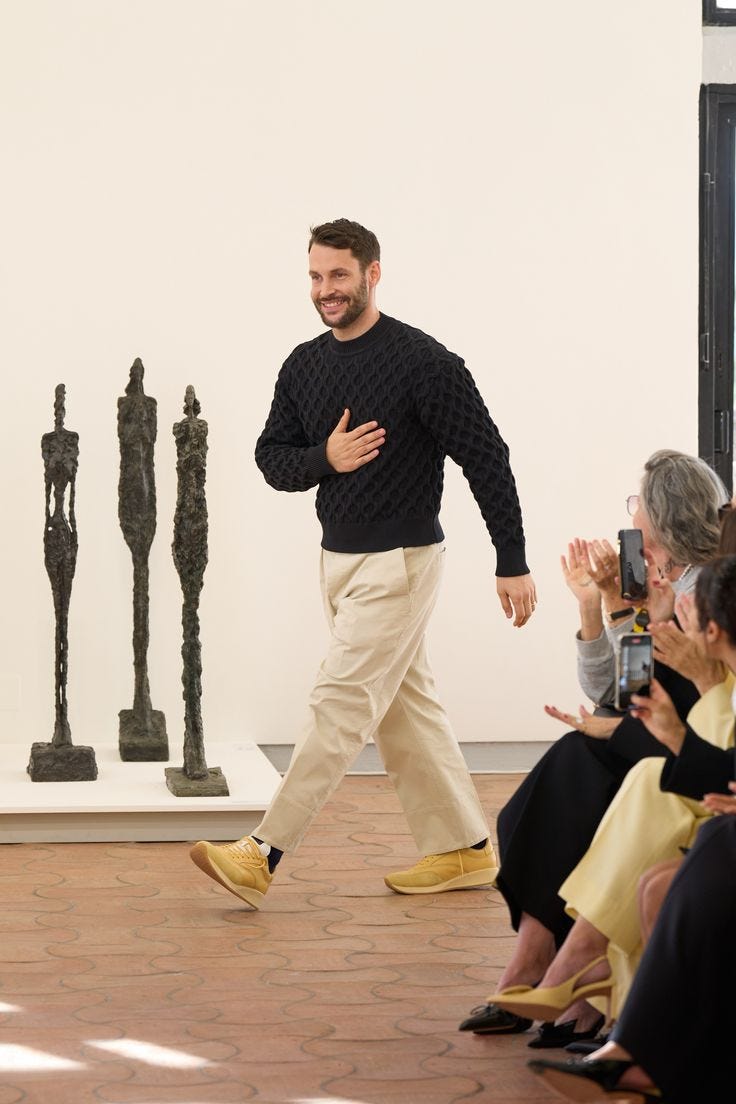
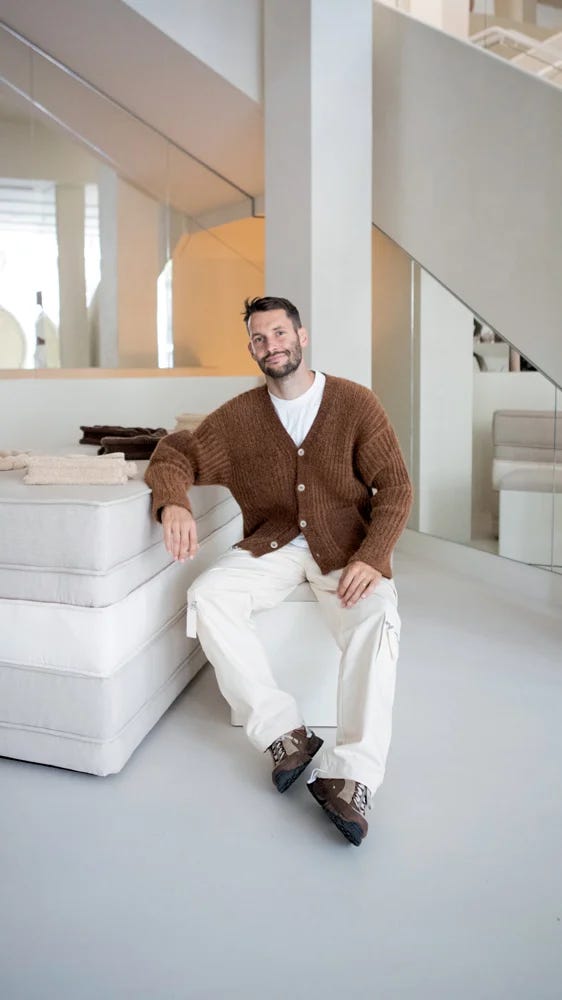
Others worth following are: Pieter Mulier (Alaïa), Veronica Leoni (Calvin Klein, who will return to the New York catwalks in February after 6 years without a show in the city), Simone Belloti (Bally) and Julian Klasner (Dries van Noten).
Who’s your best dressed? Are you into uniform dressing? Yay or nay?

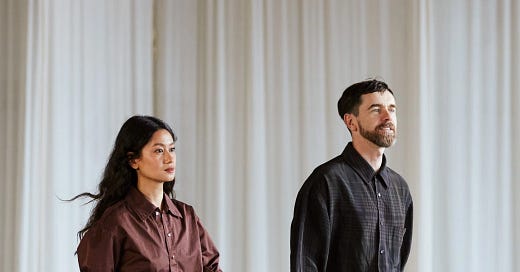



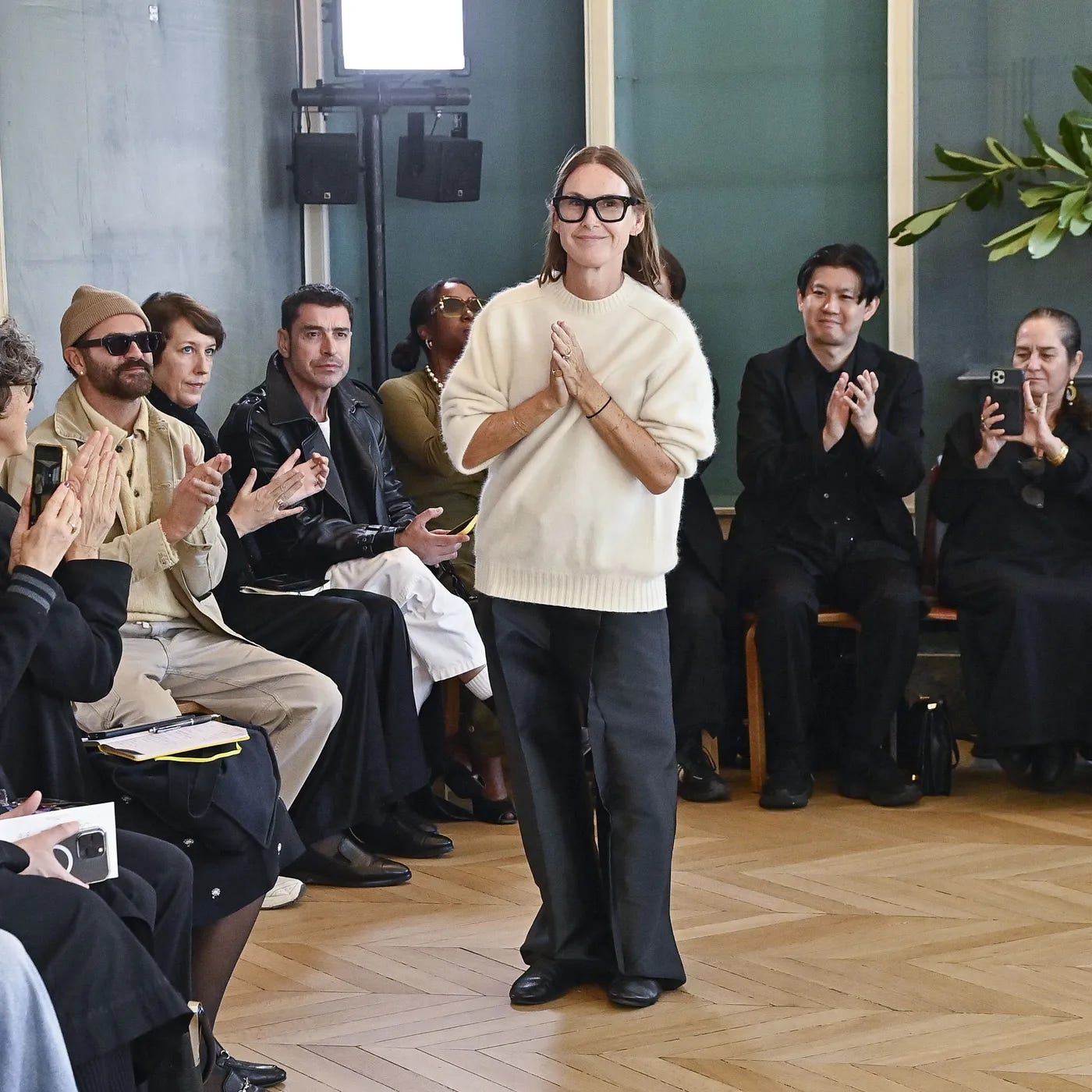
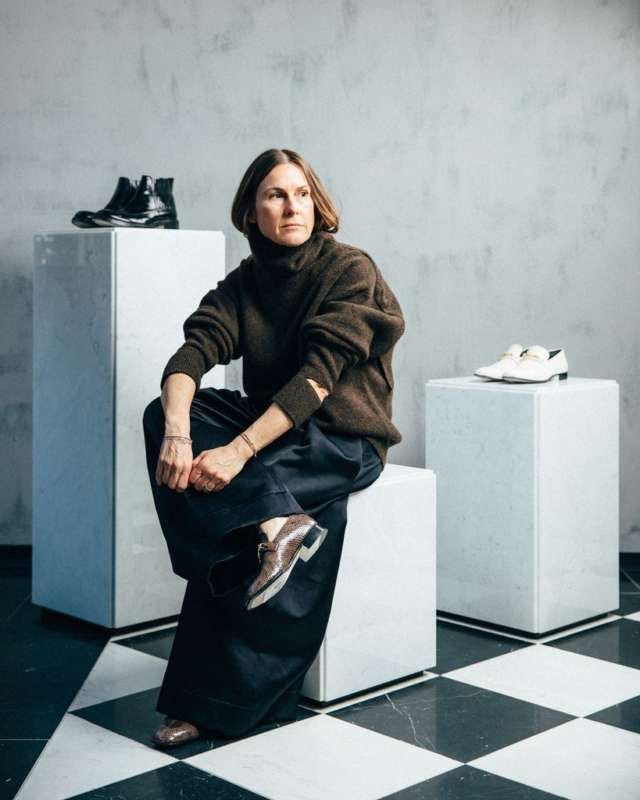

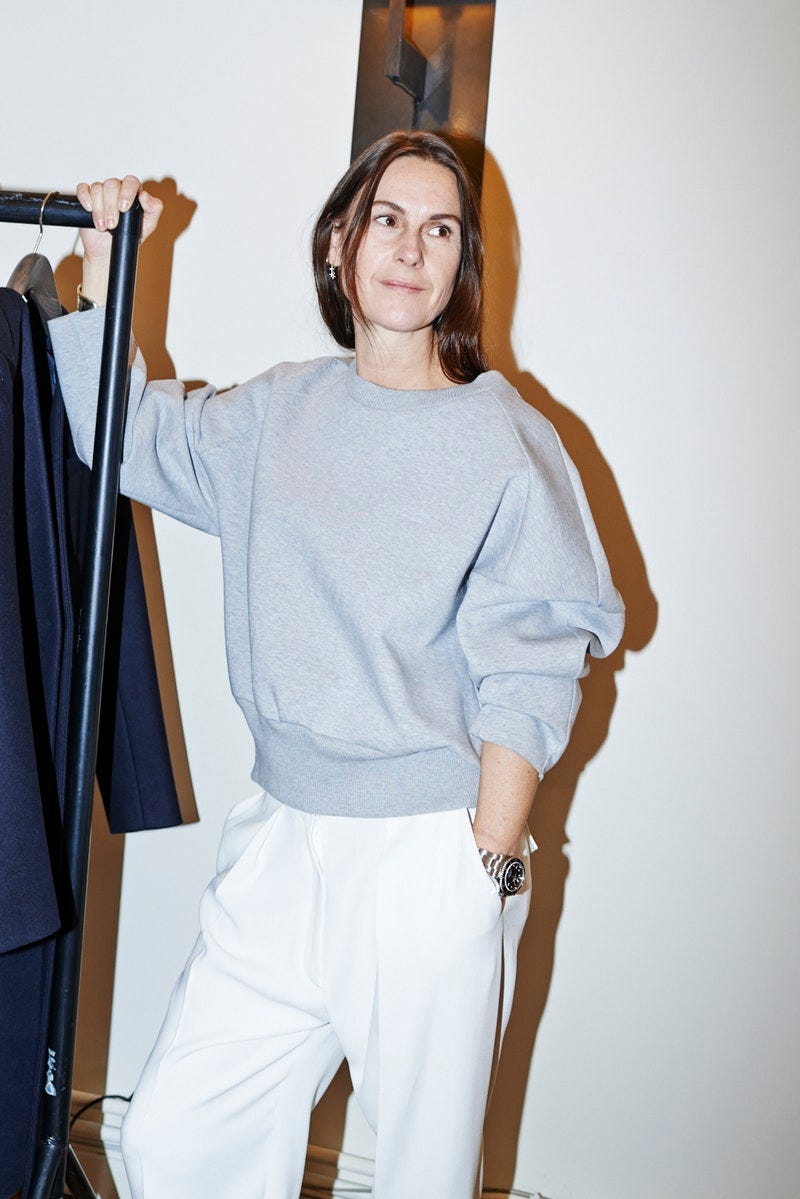

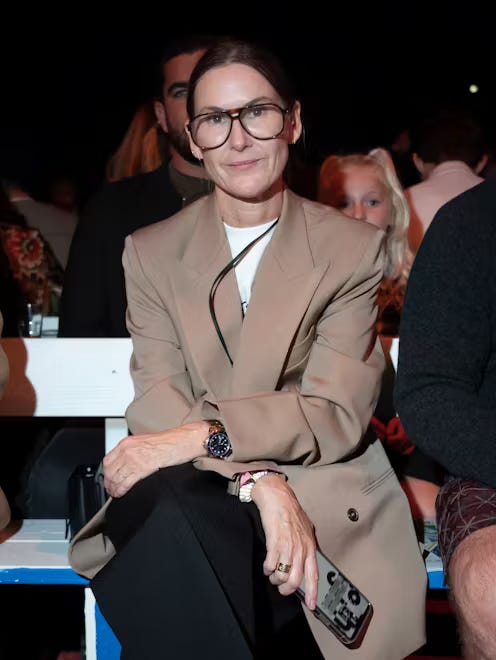
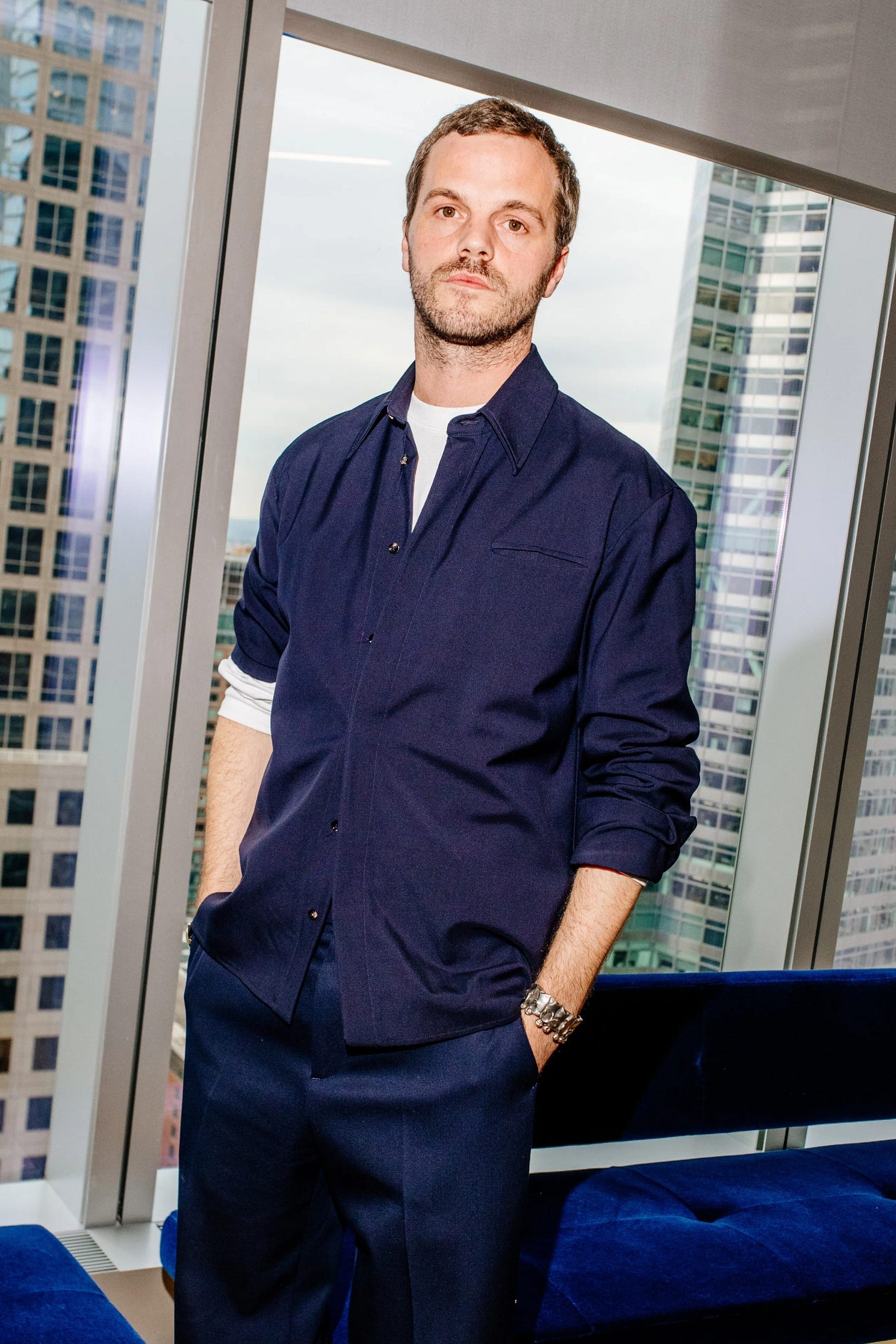

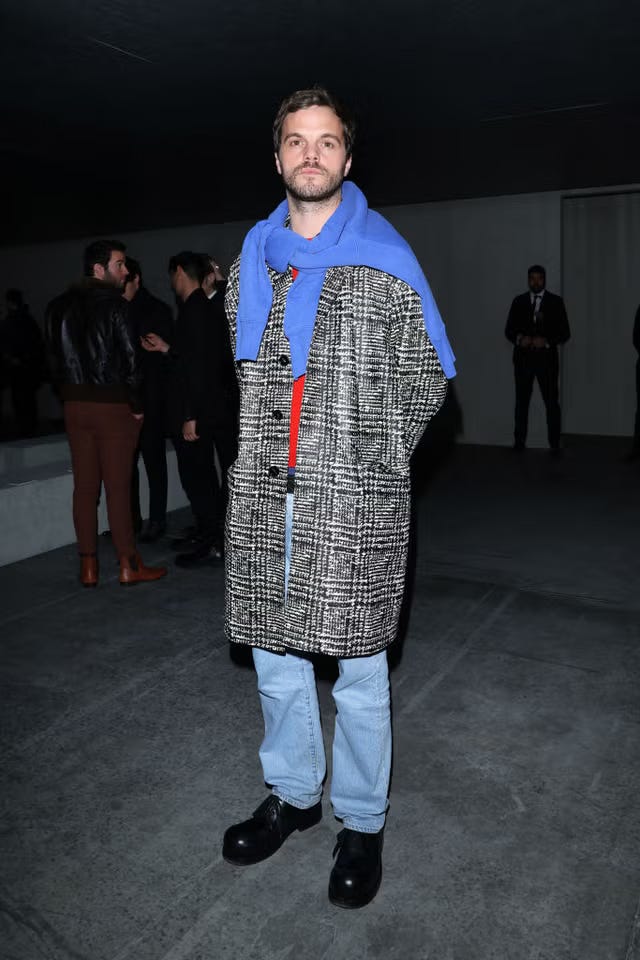
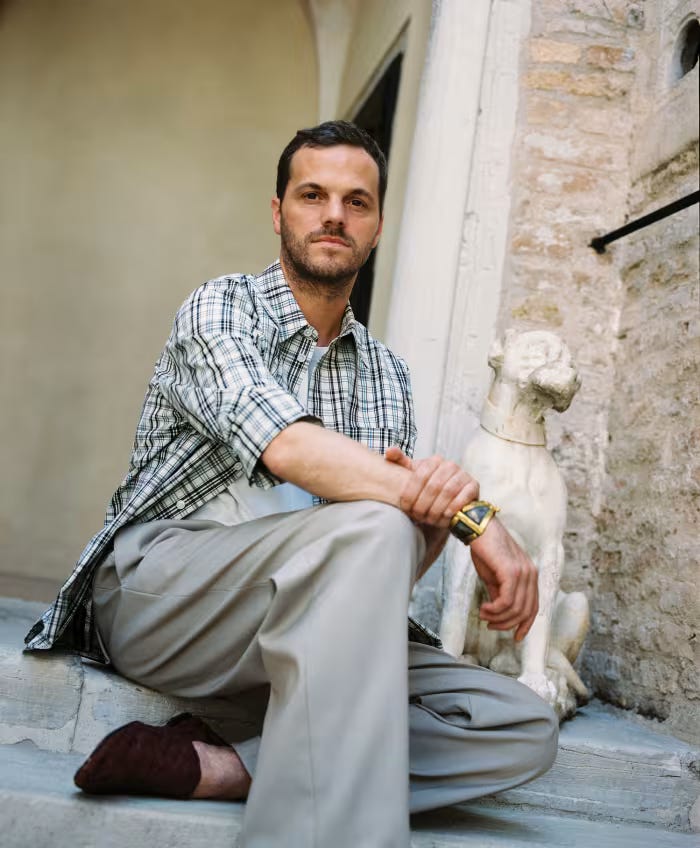
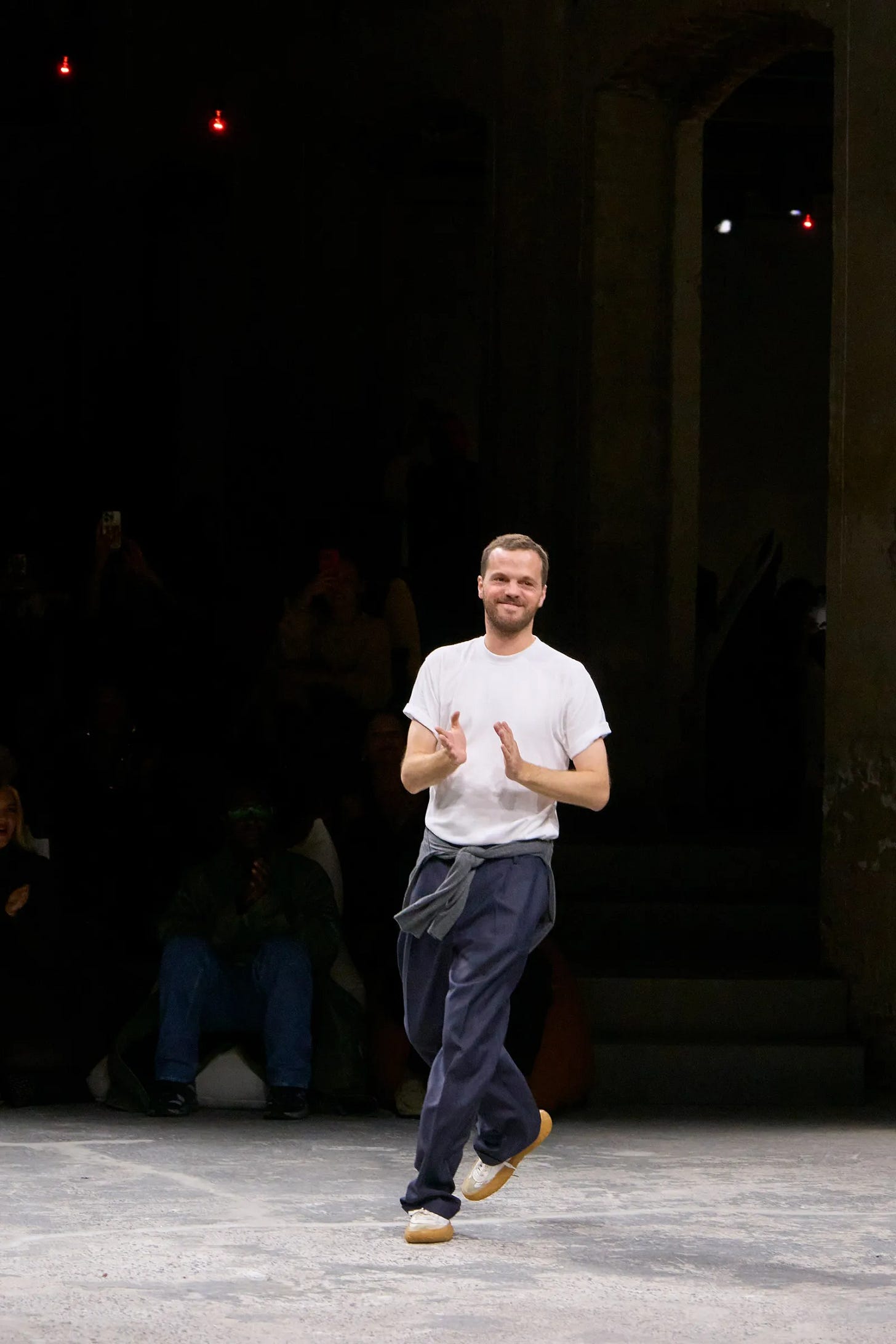
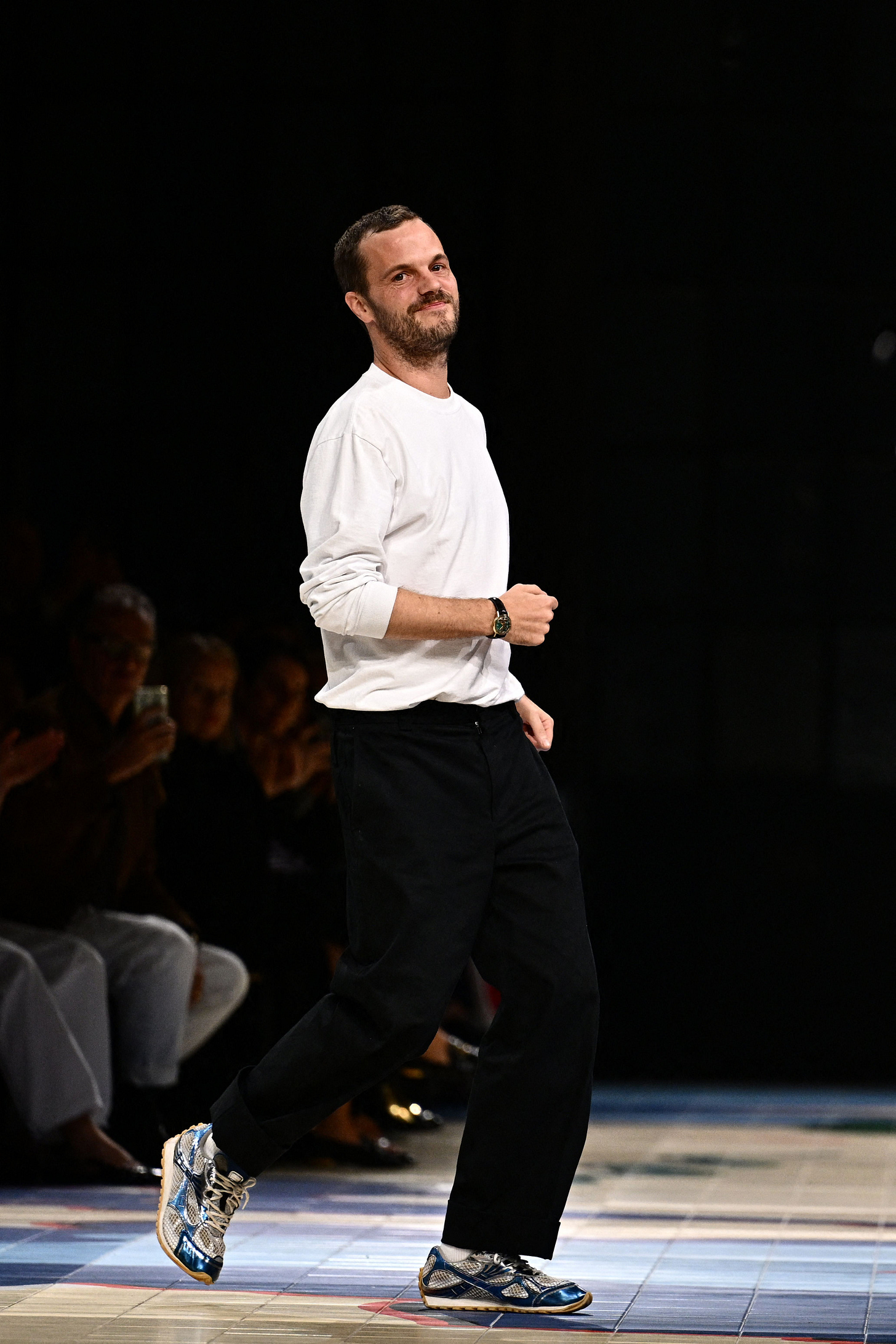
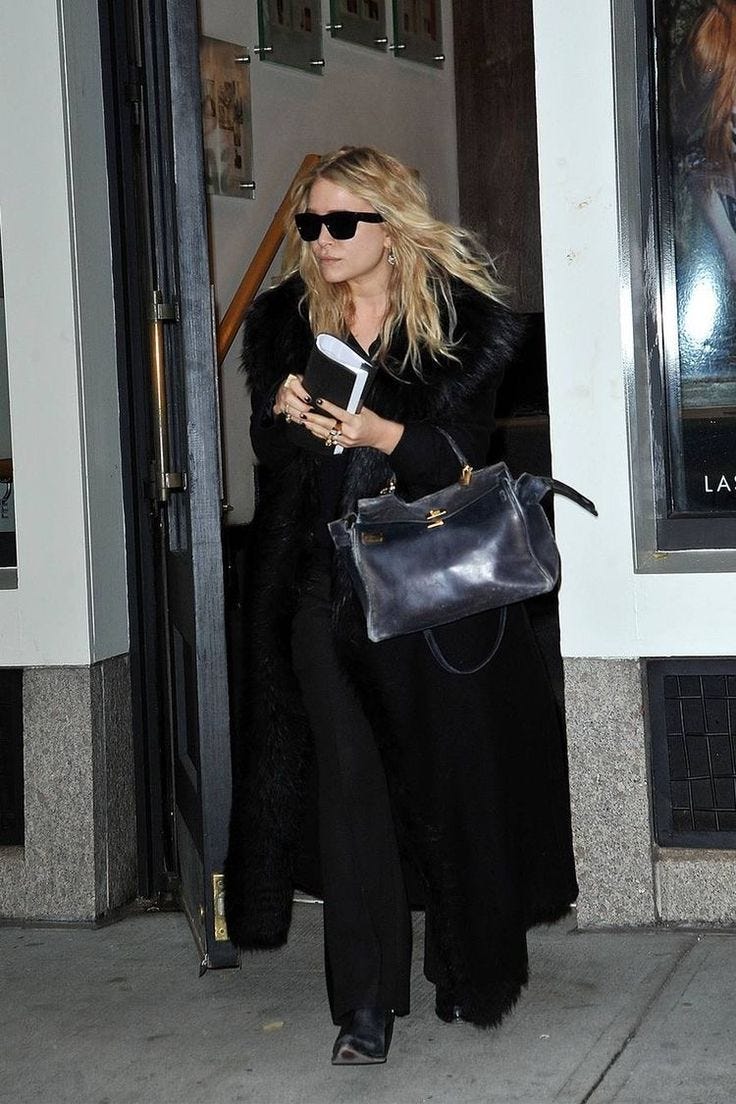


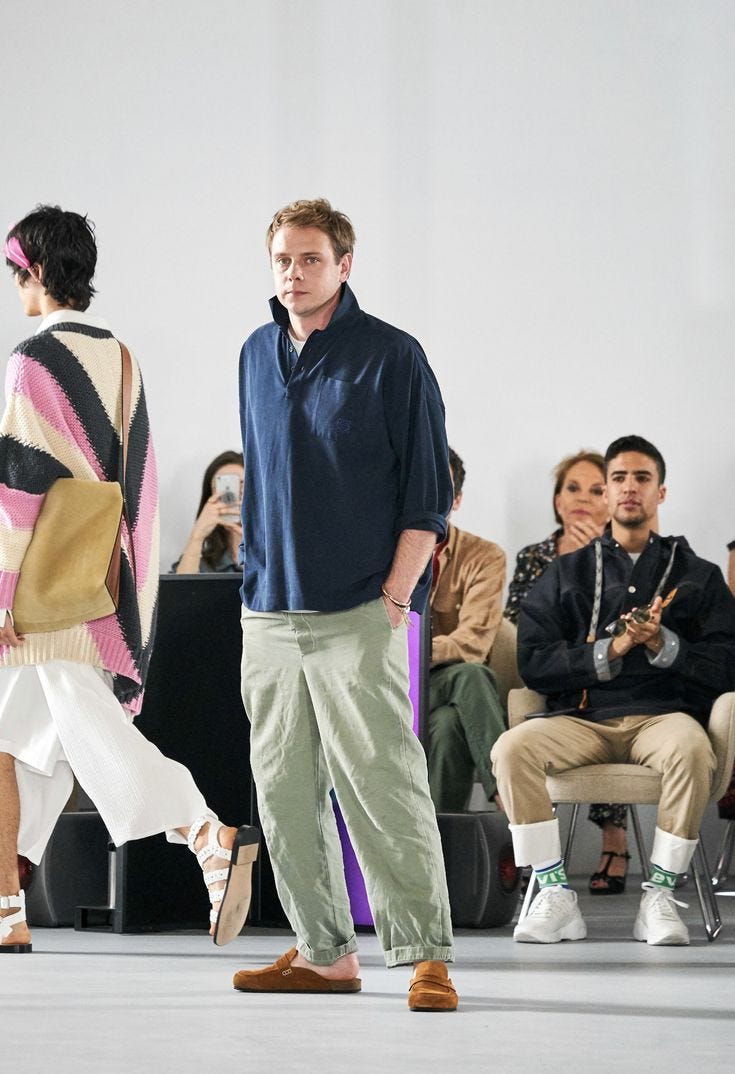

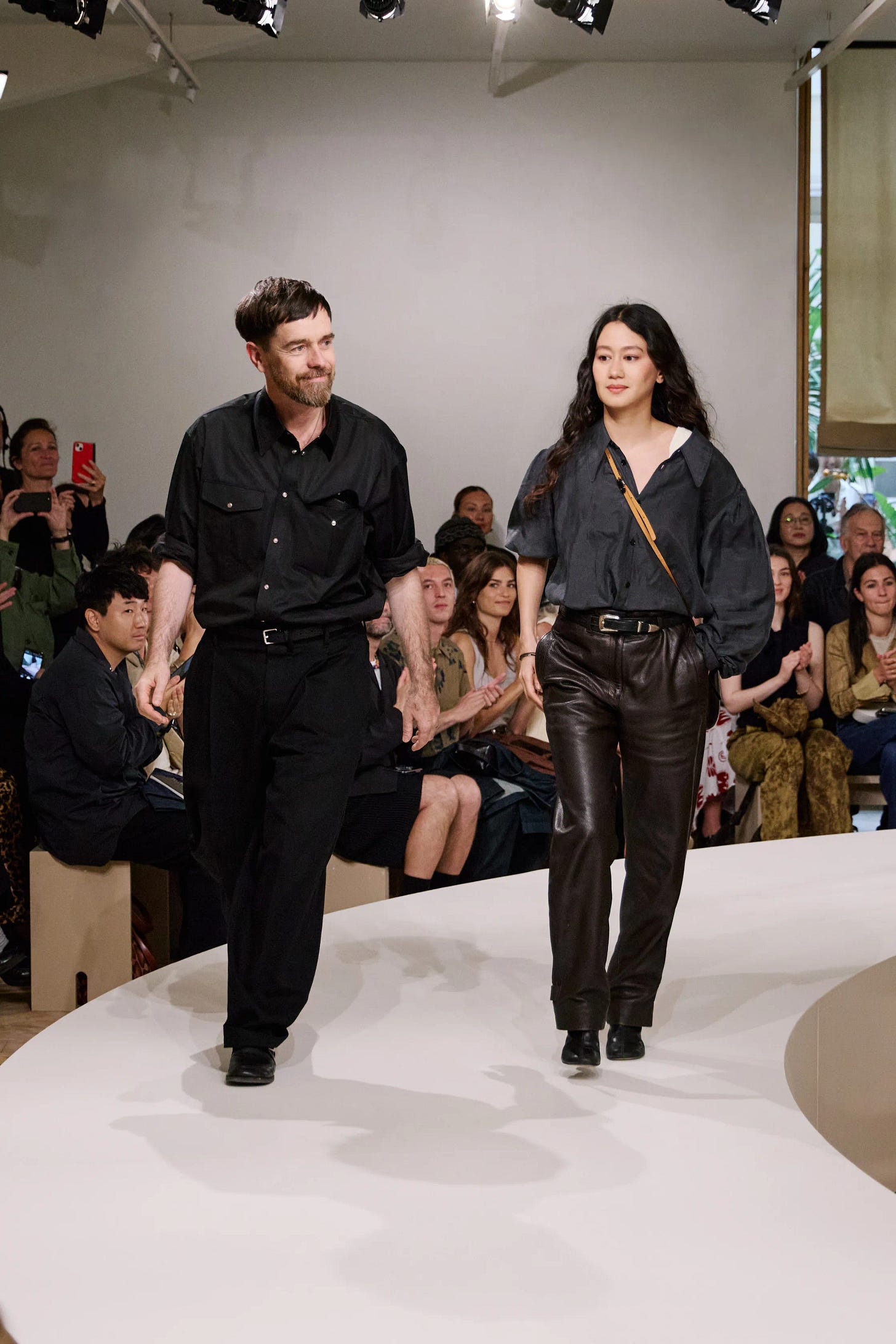
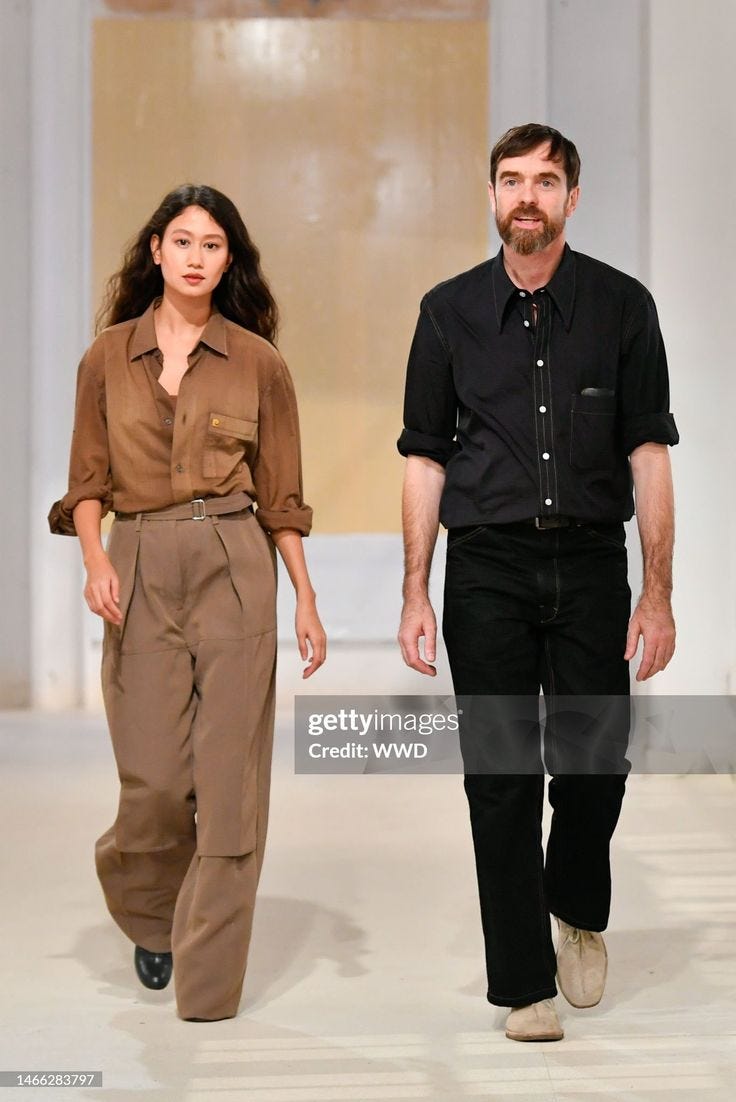

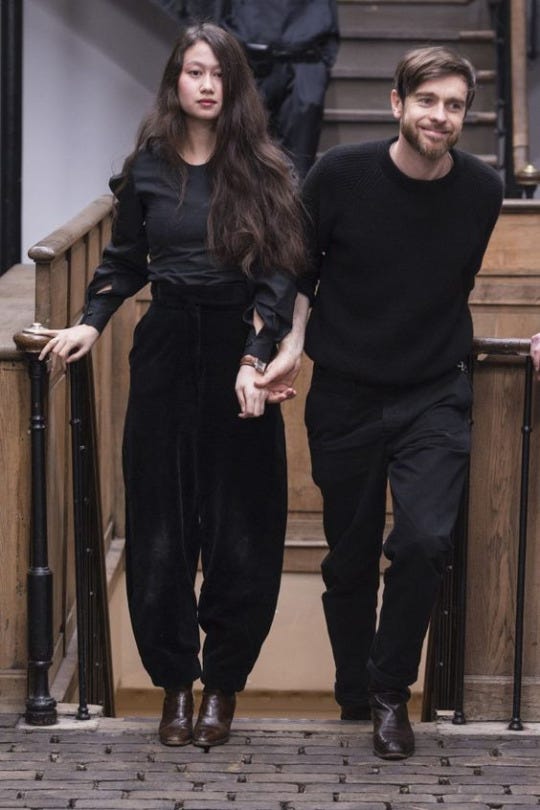
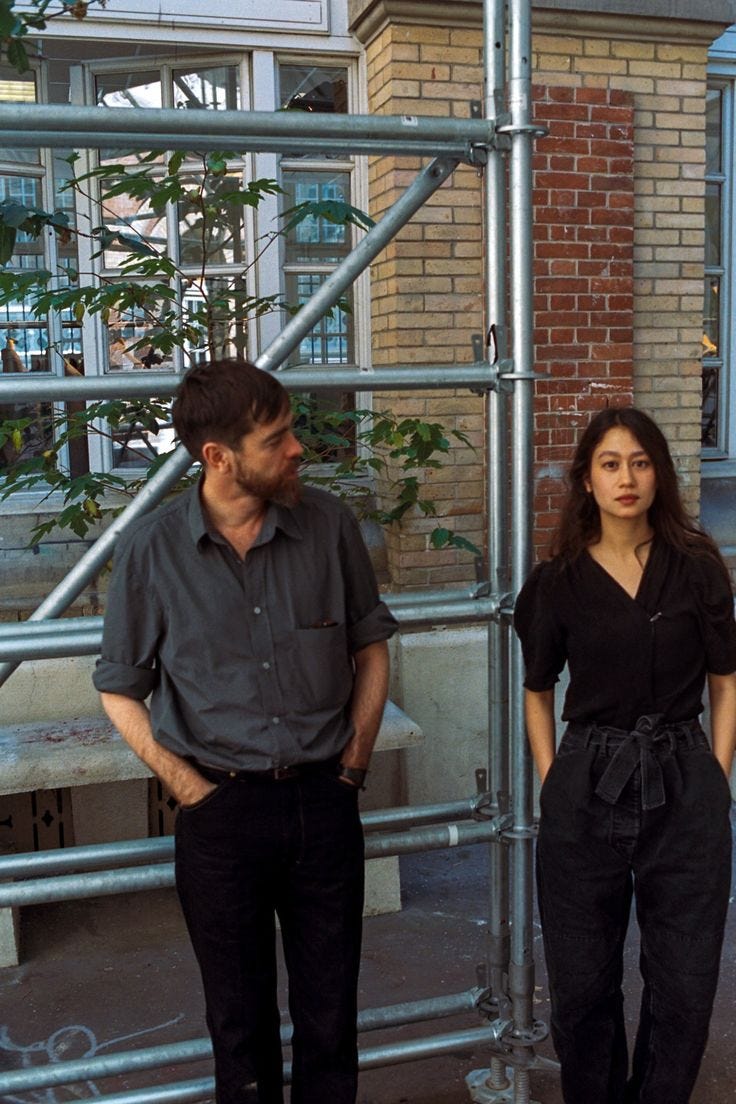
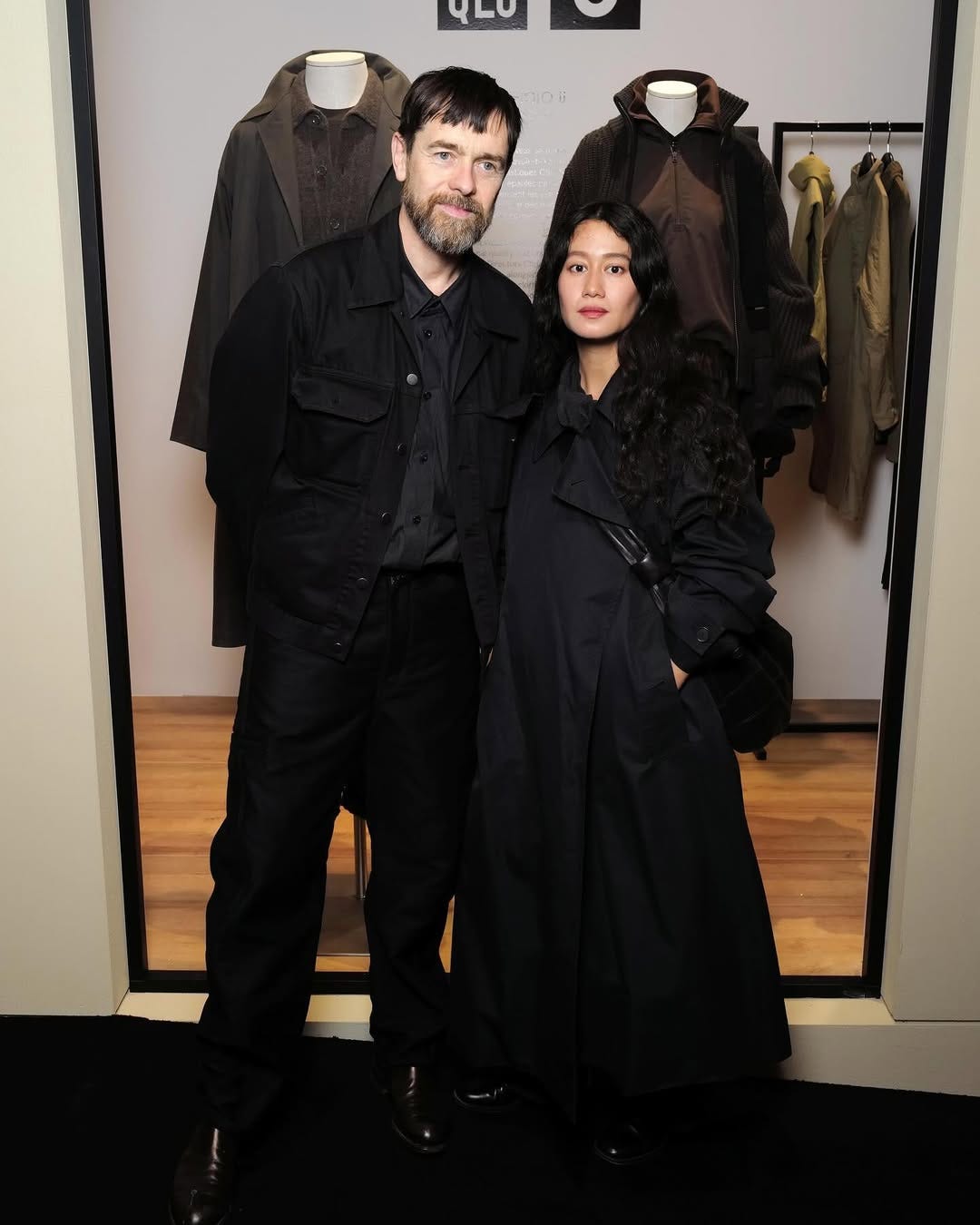
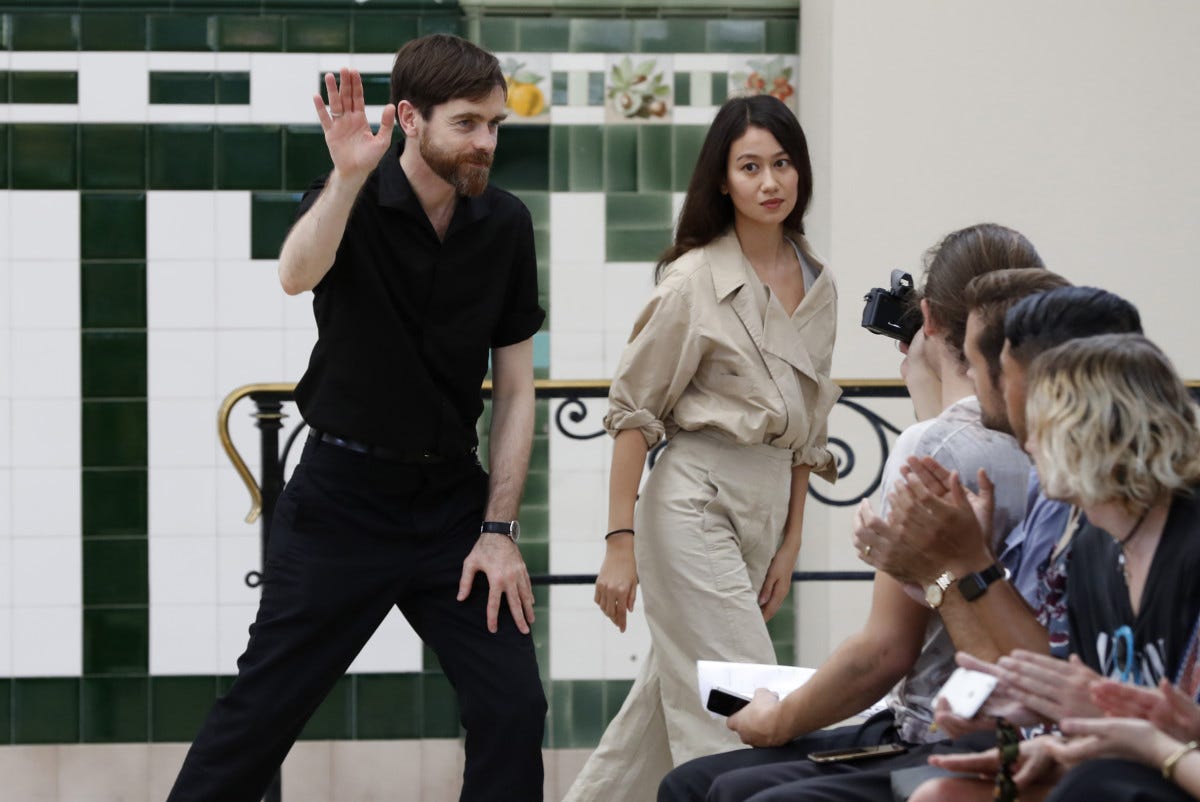
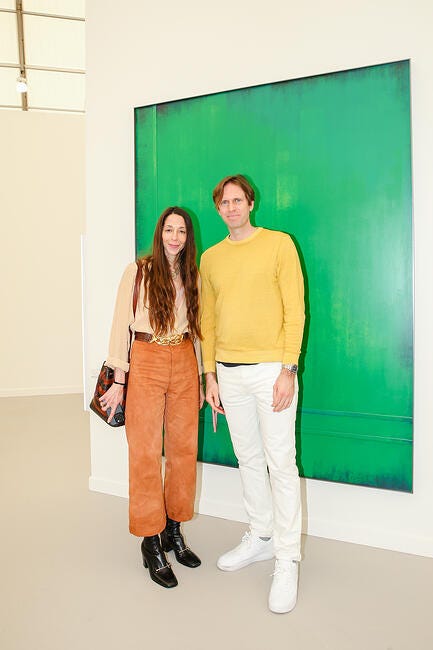
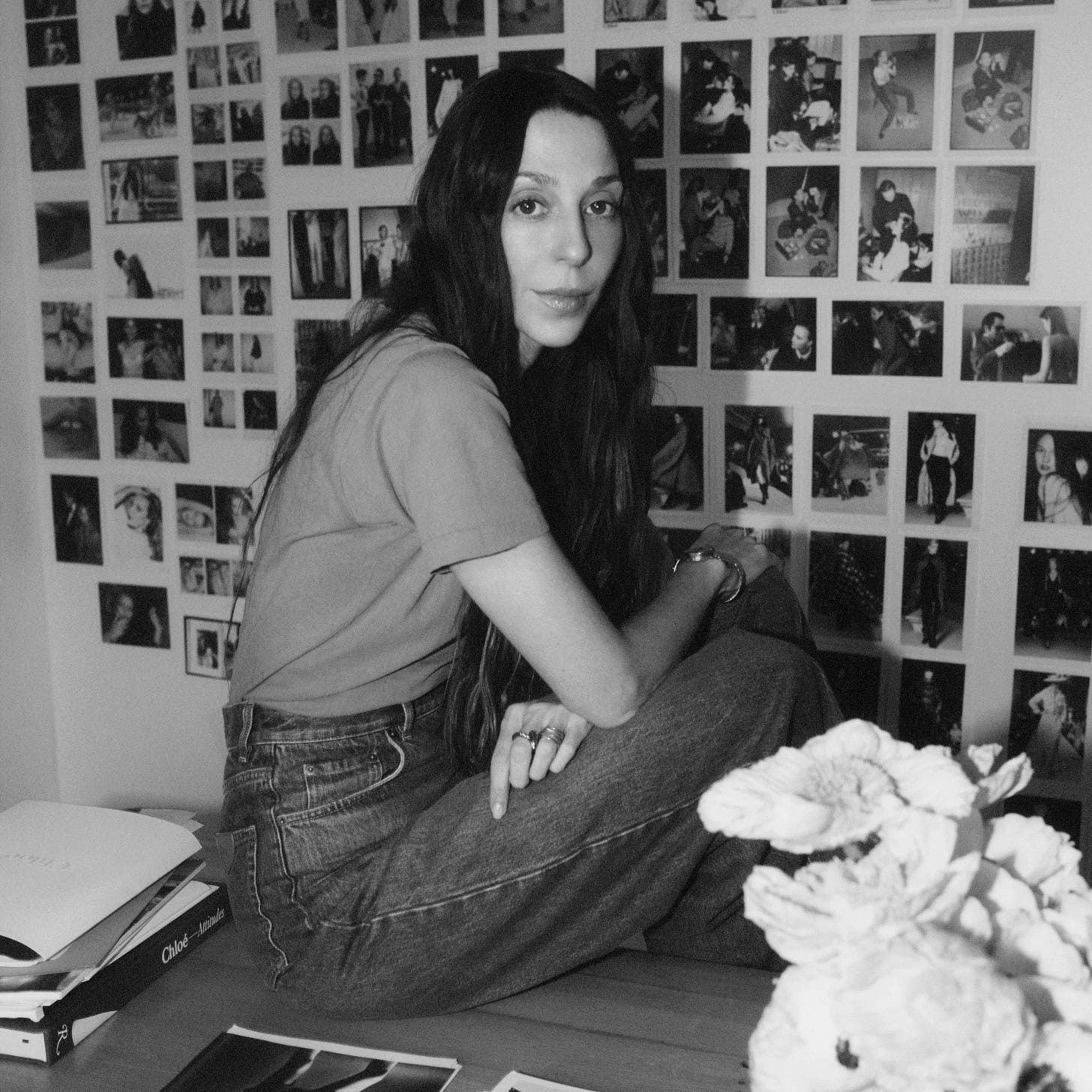
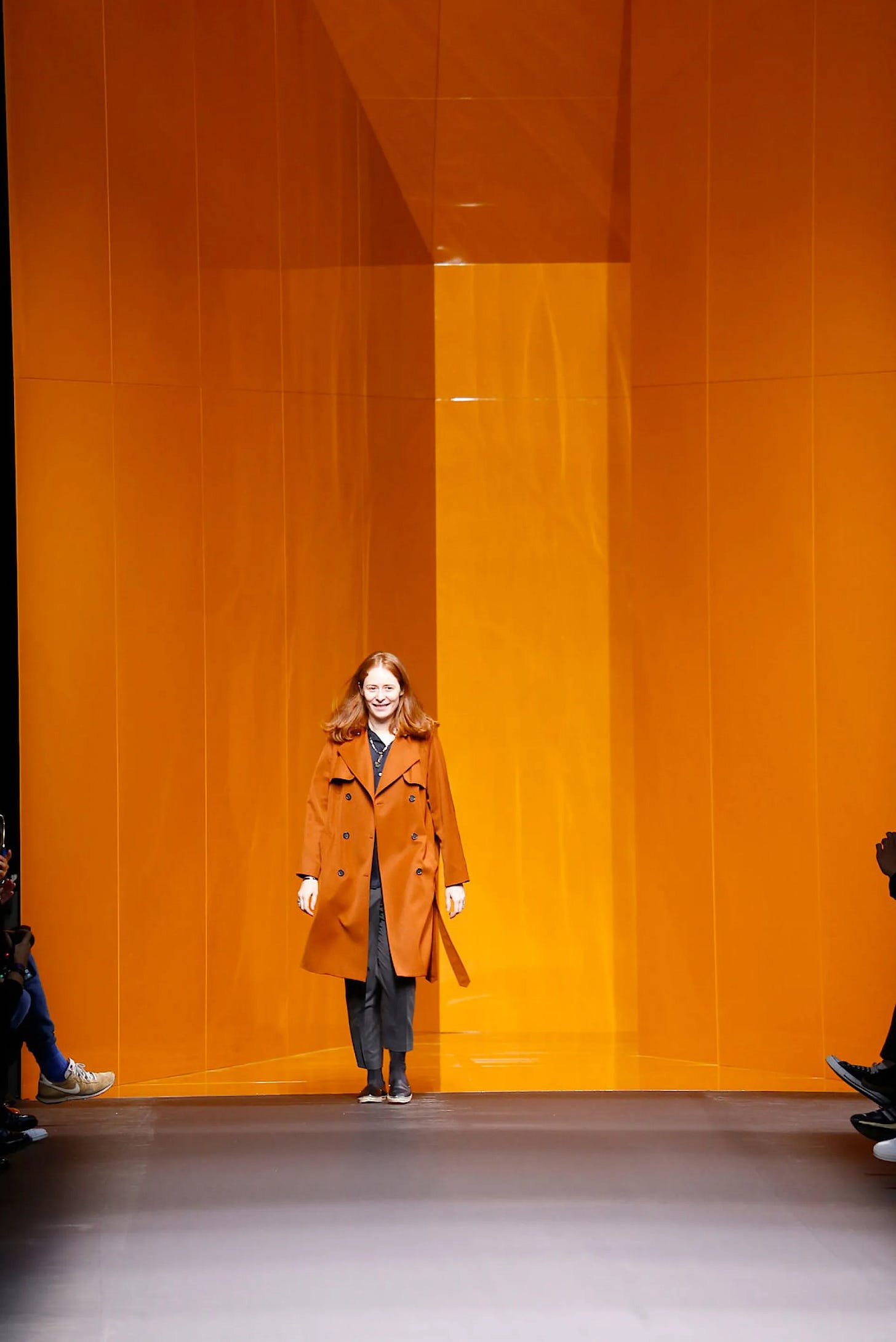
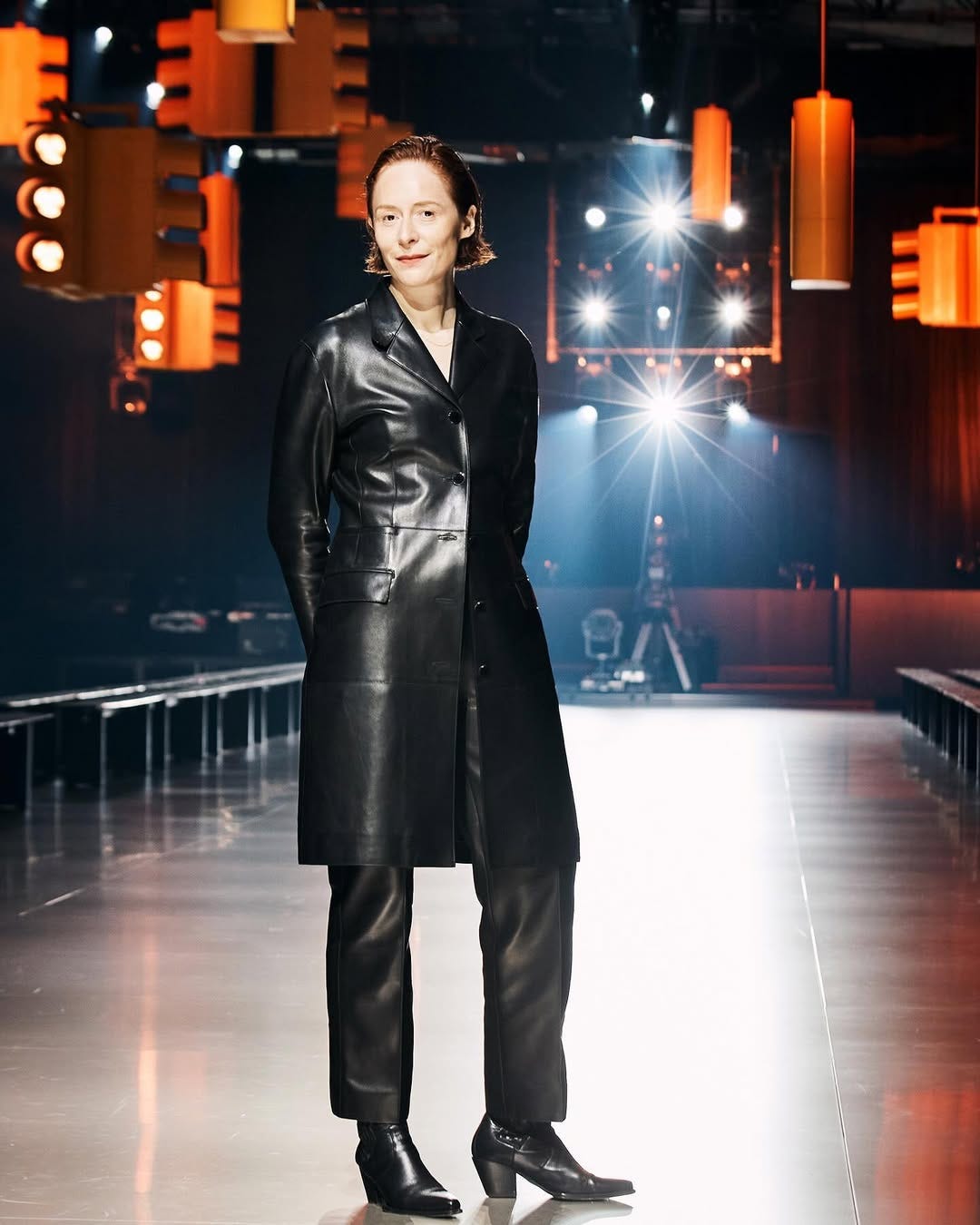

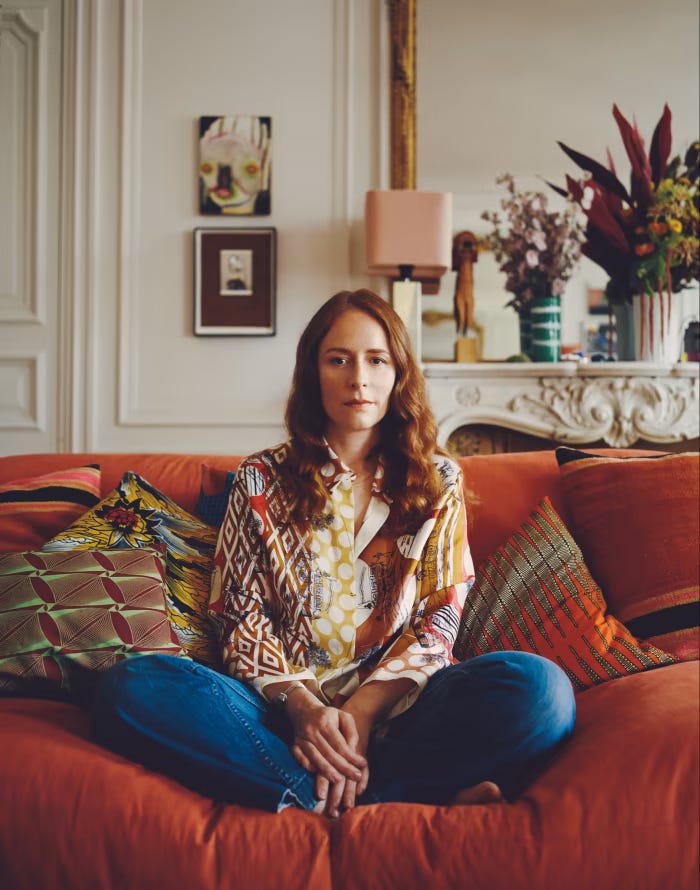
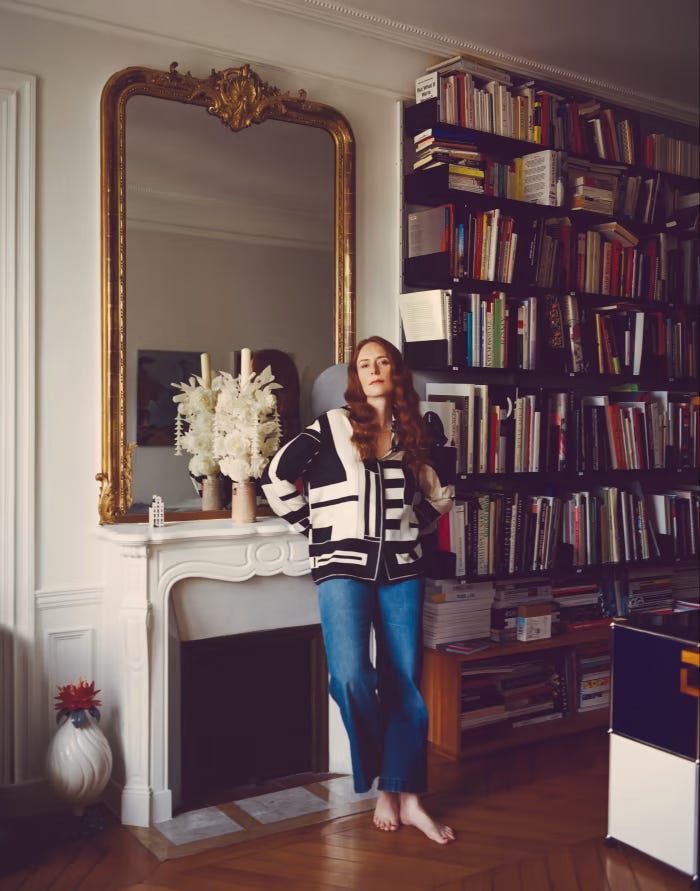

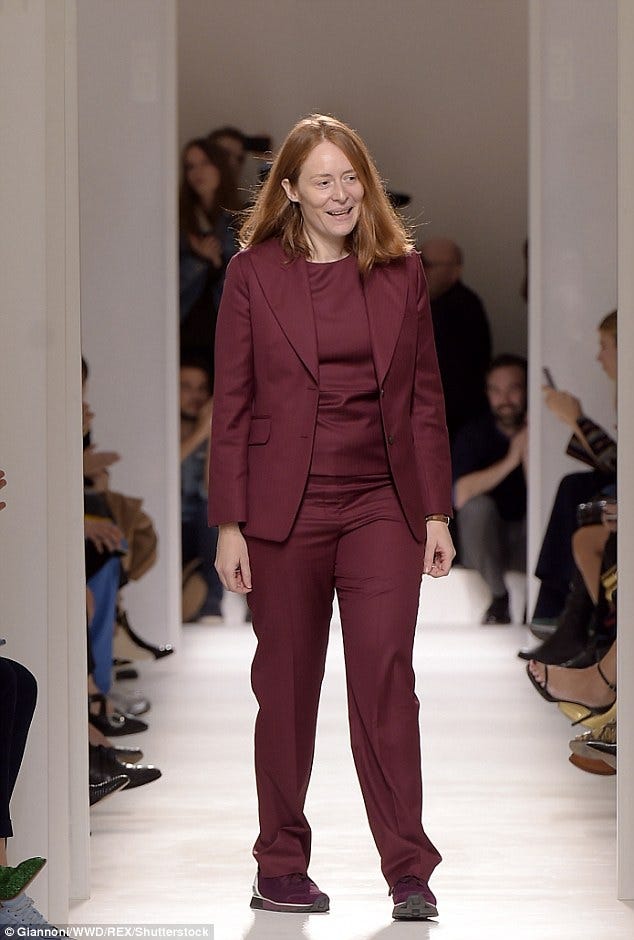
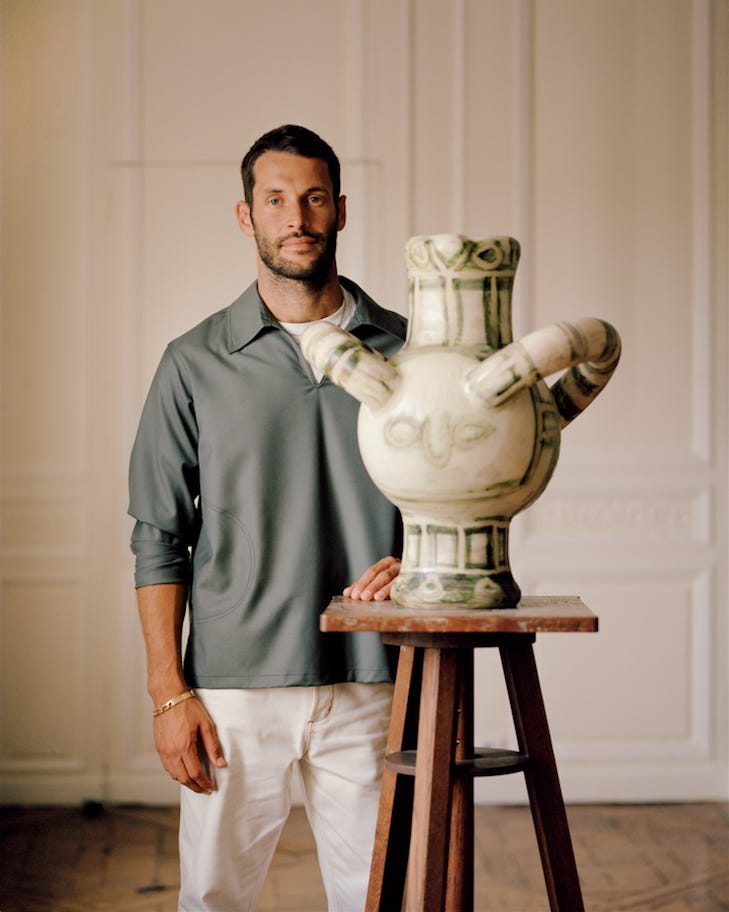

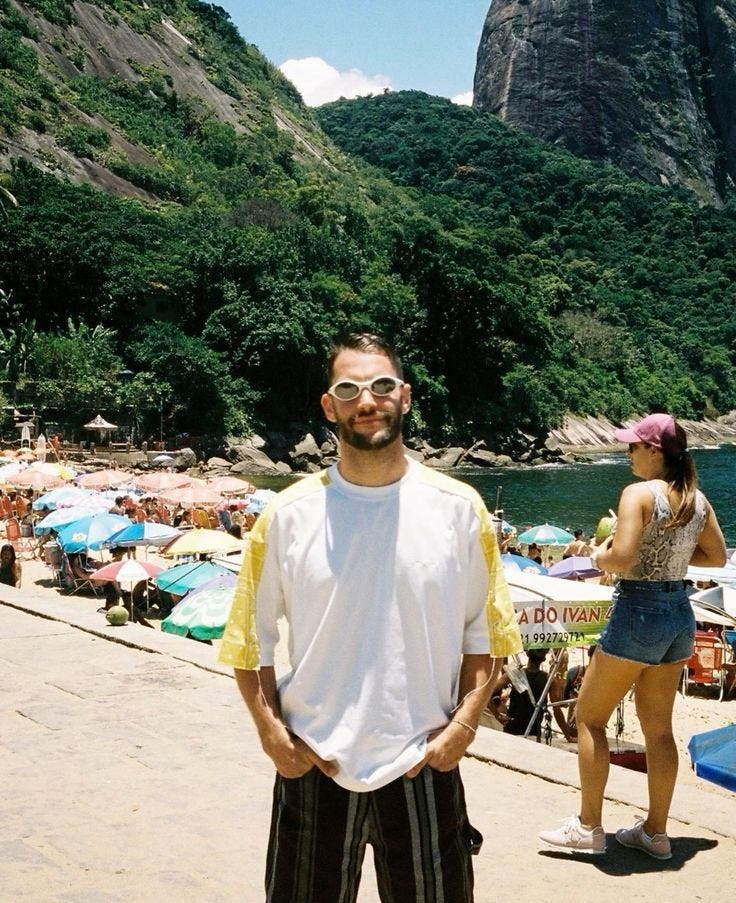

Sarah-Linh Tran hands down the most underrated chicness to a tee. Couldn't take my eyes off of her...sigh..
New reader here and this was put together impeccably! The way you were able to distill these "uniforms" was really interesting and helpful when thinking about having a uniform without specifically wearing the same thing over and over.